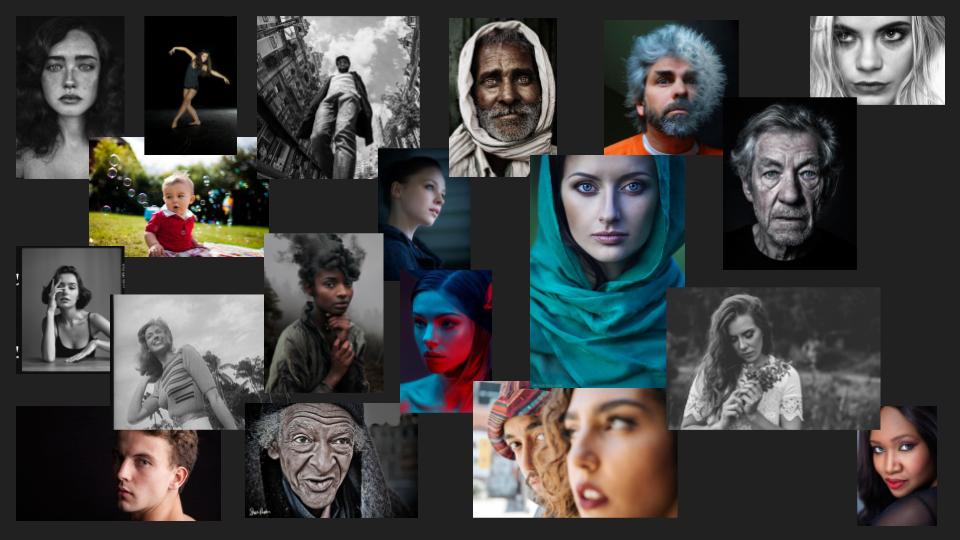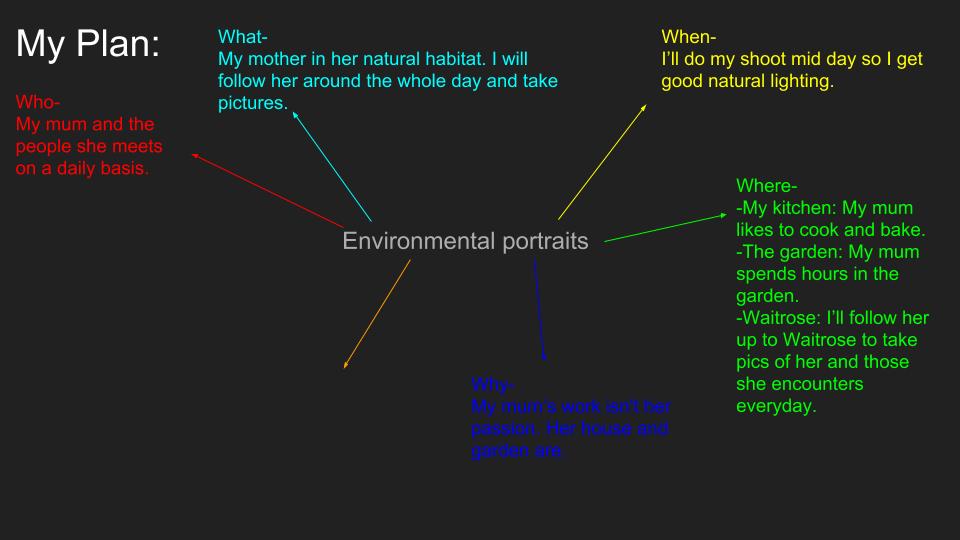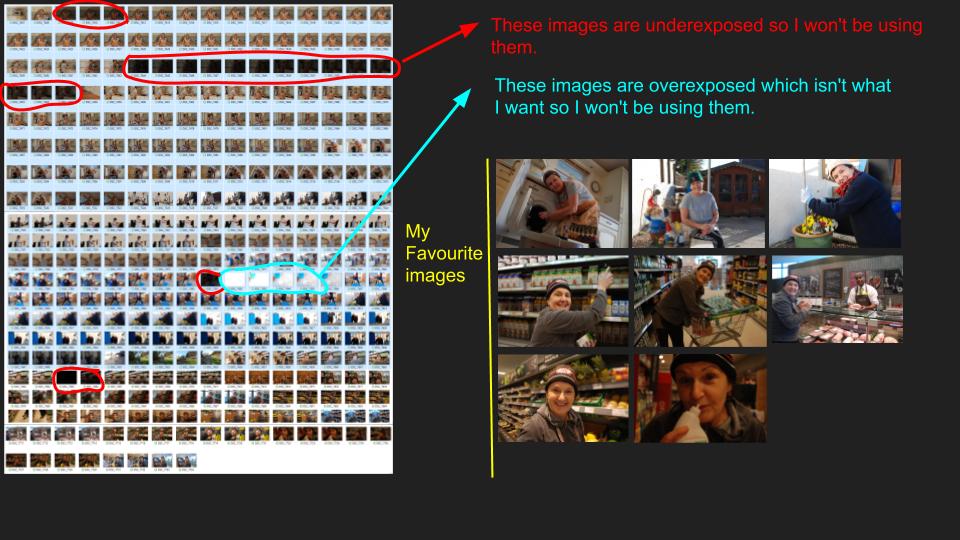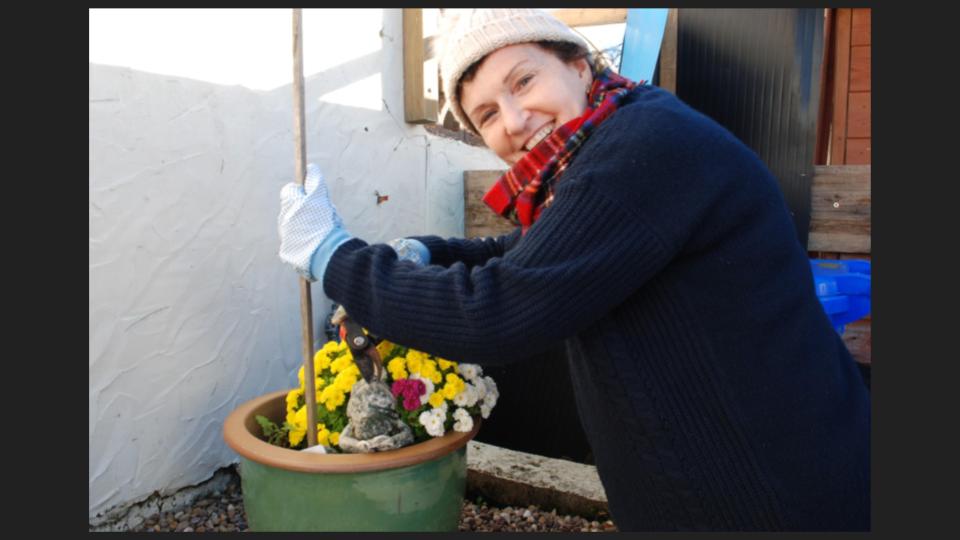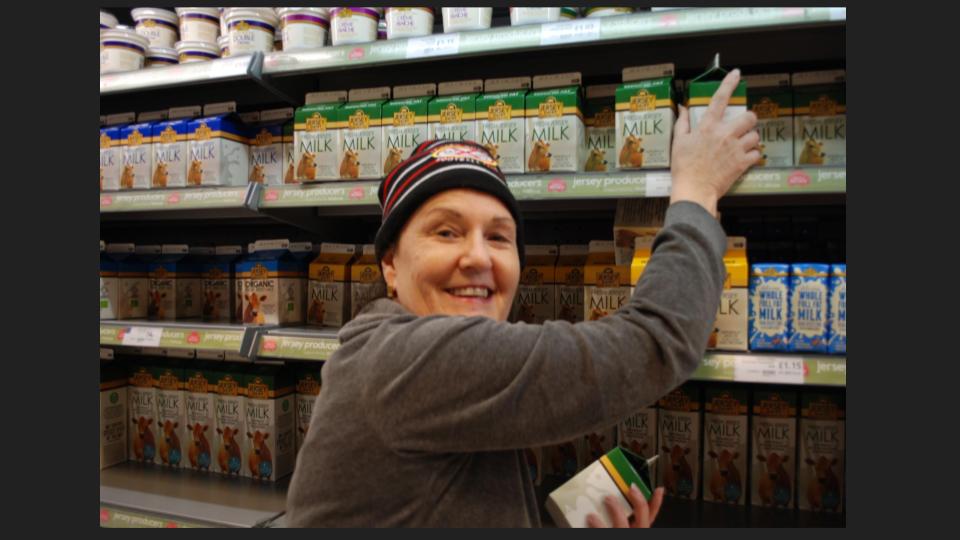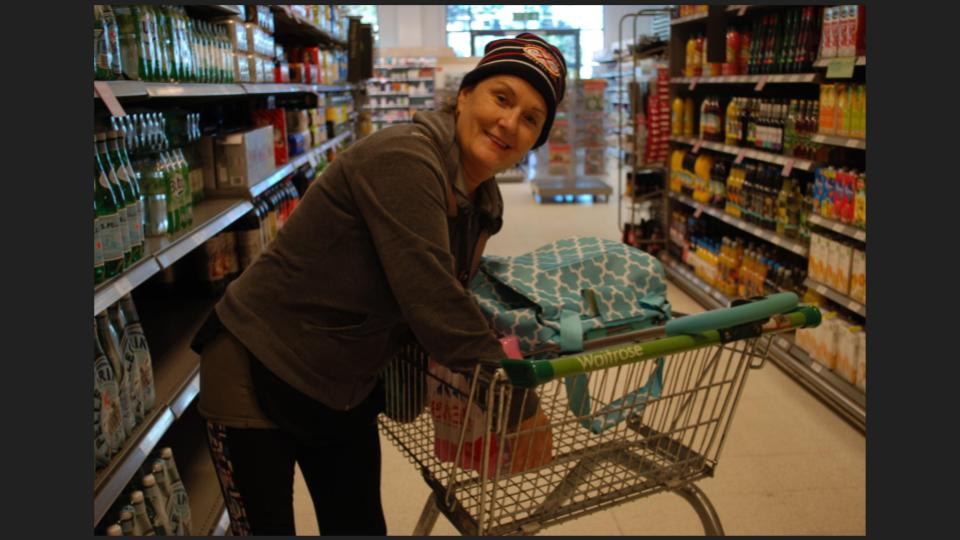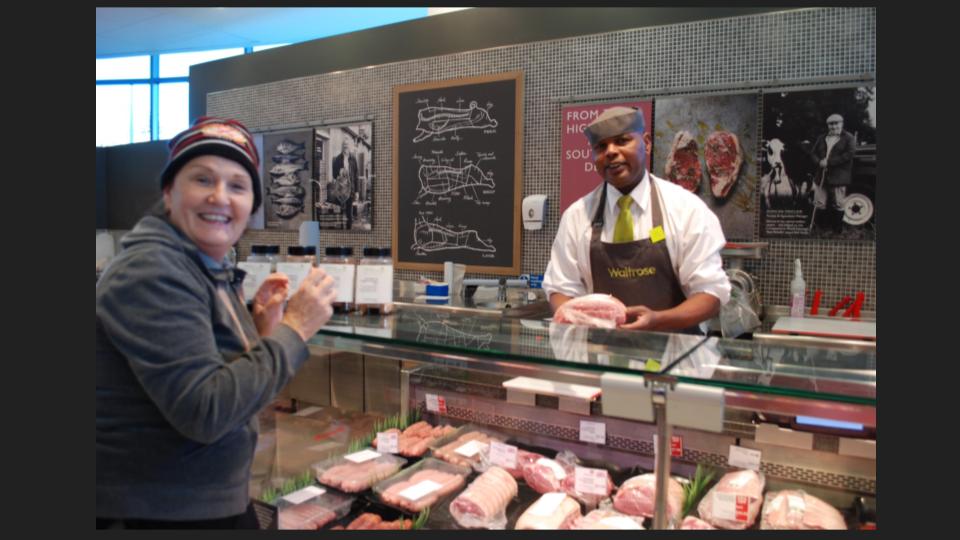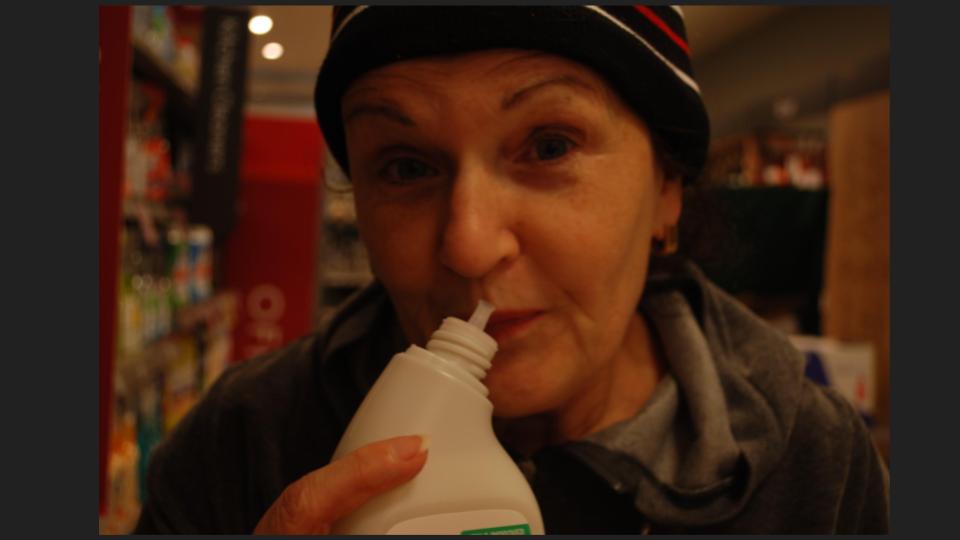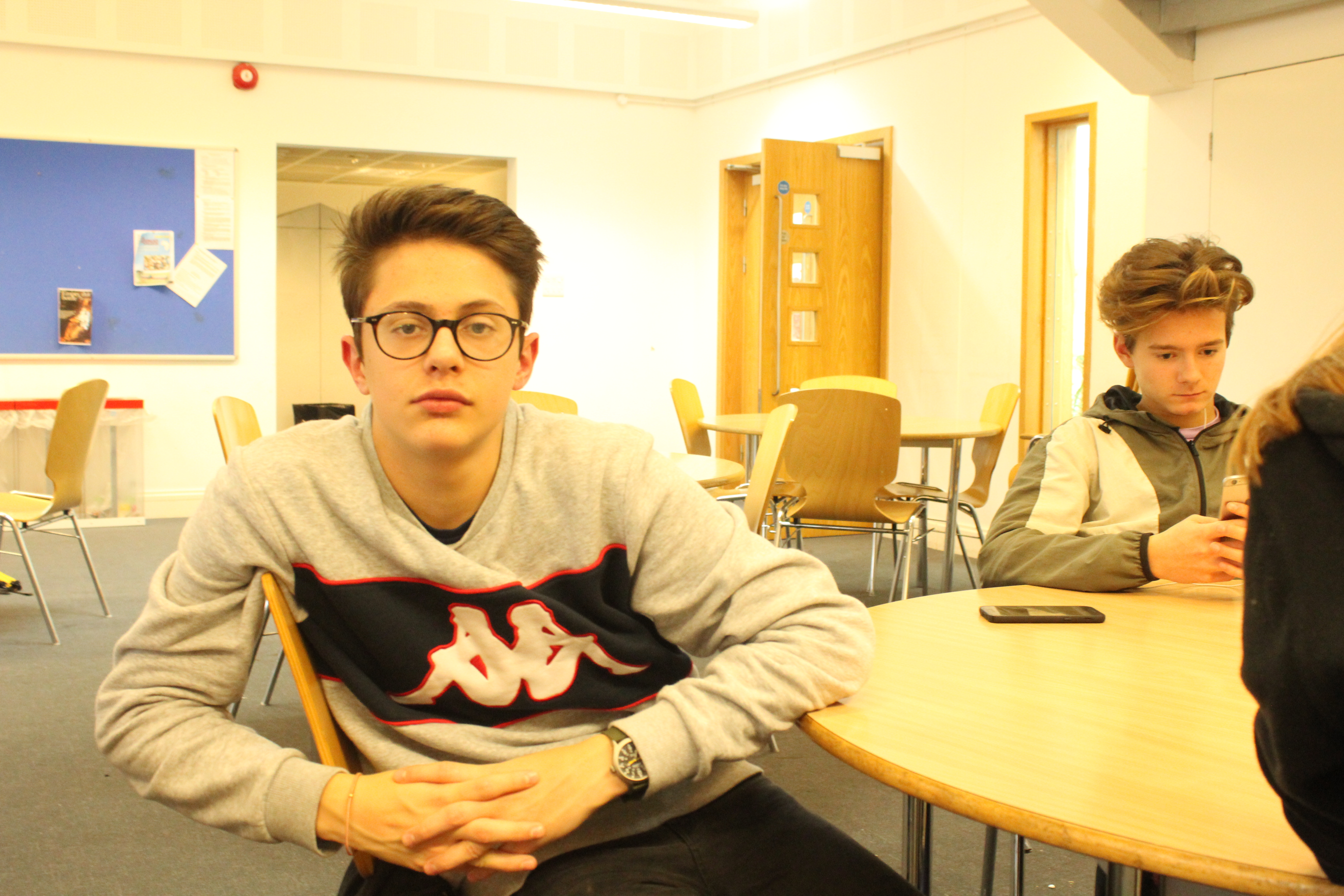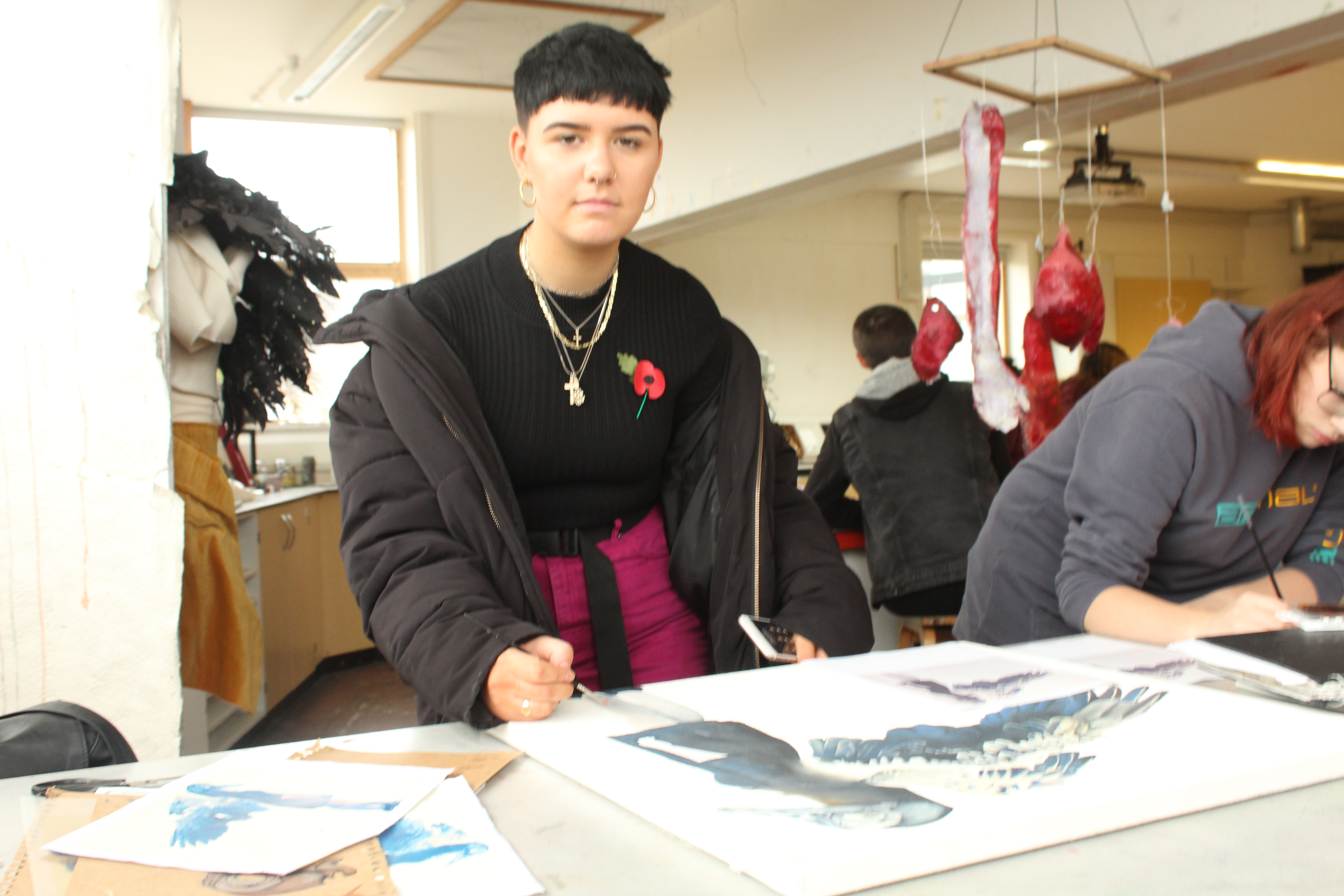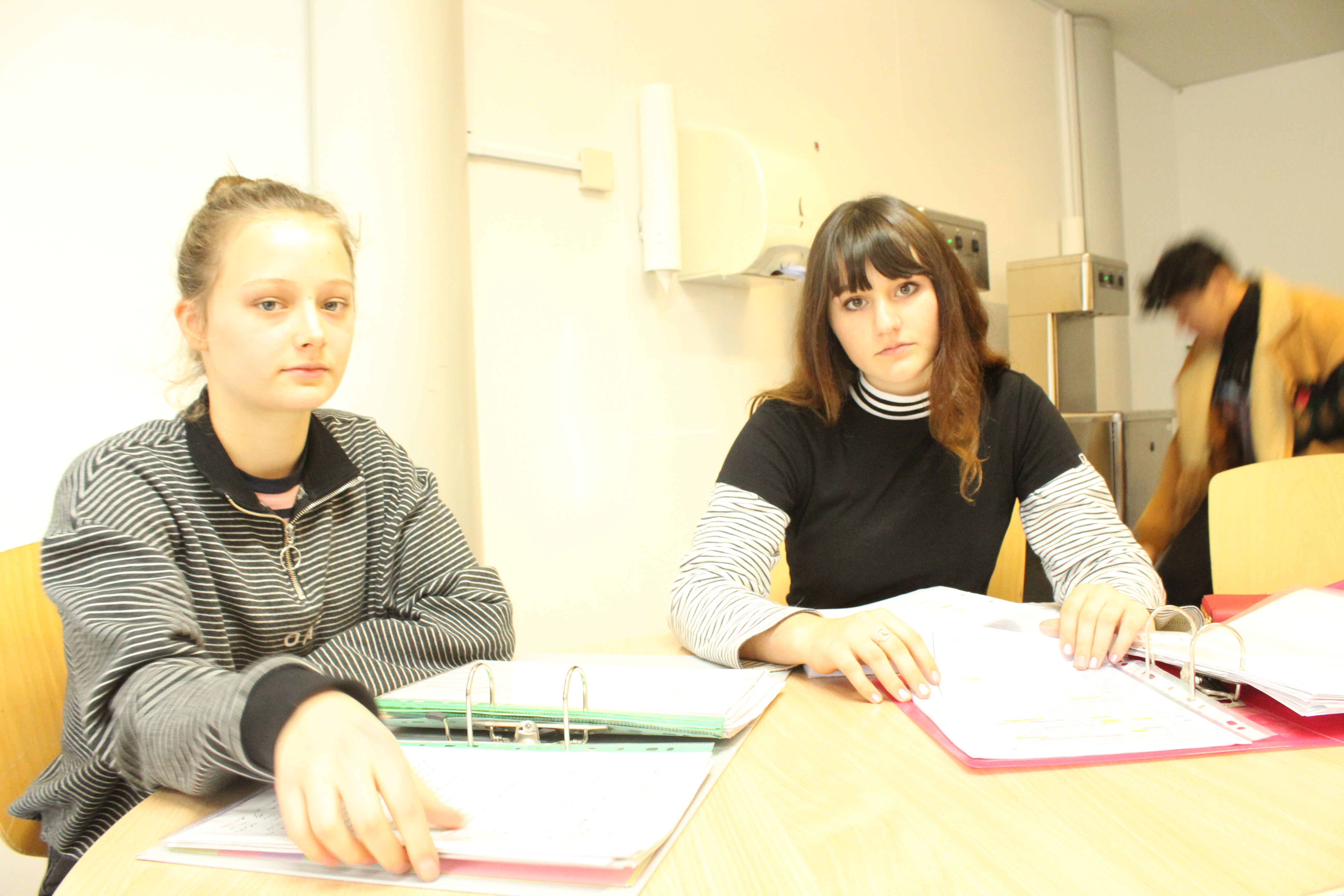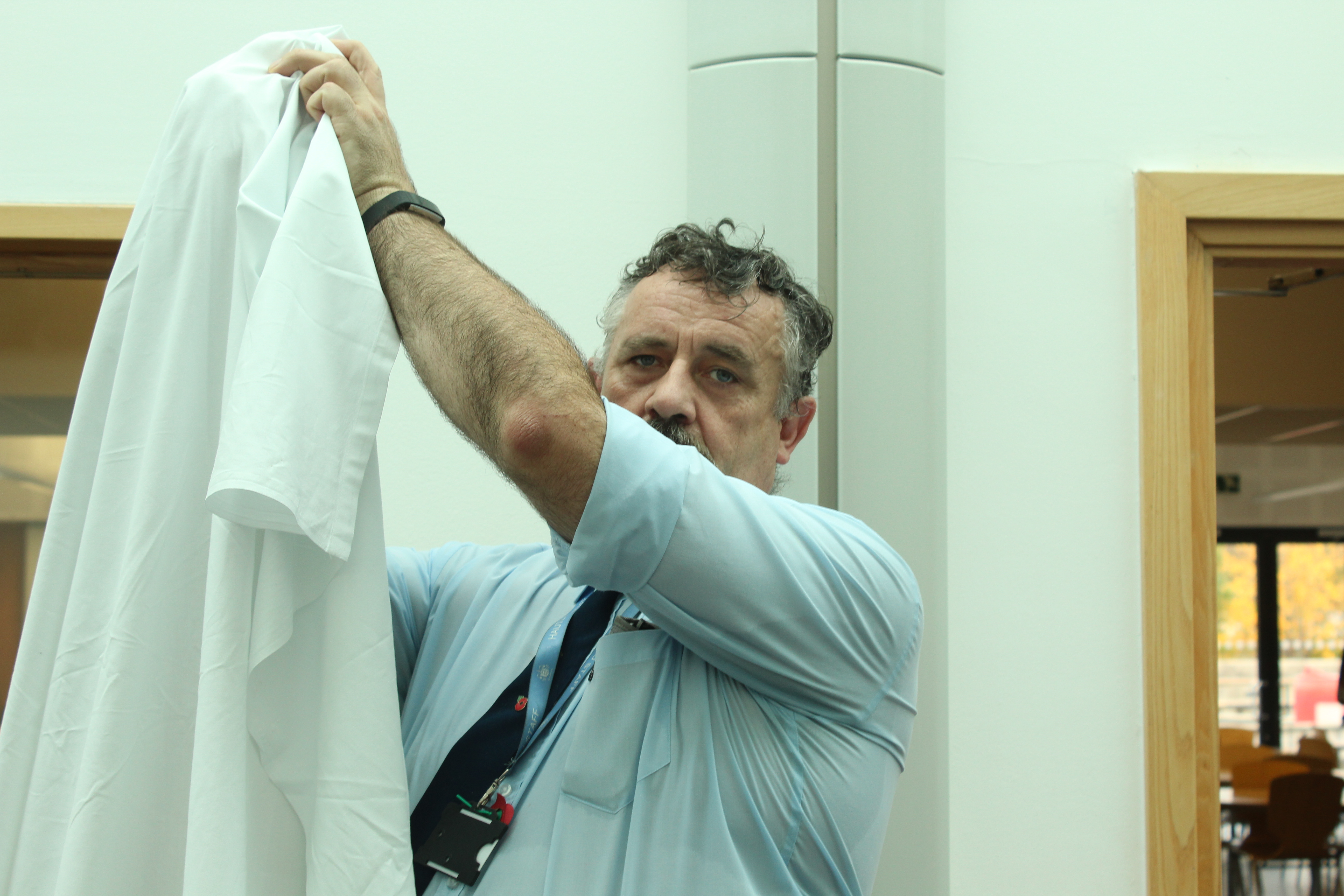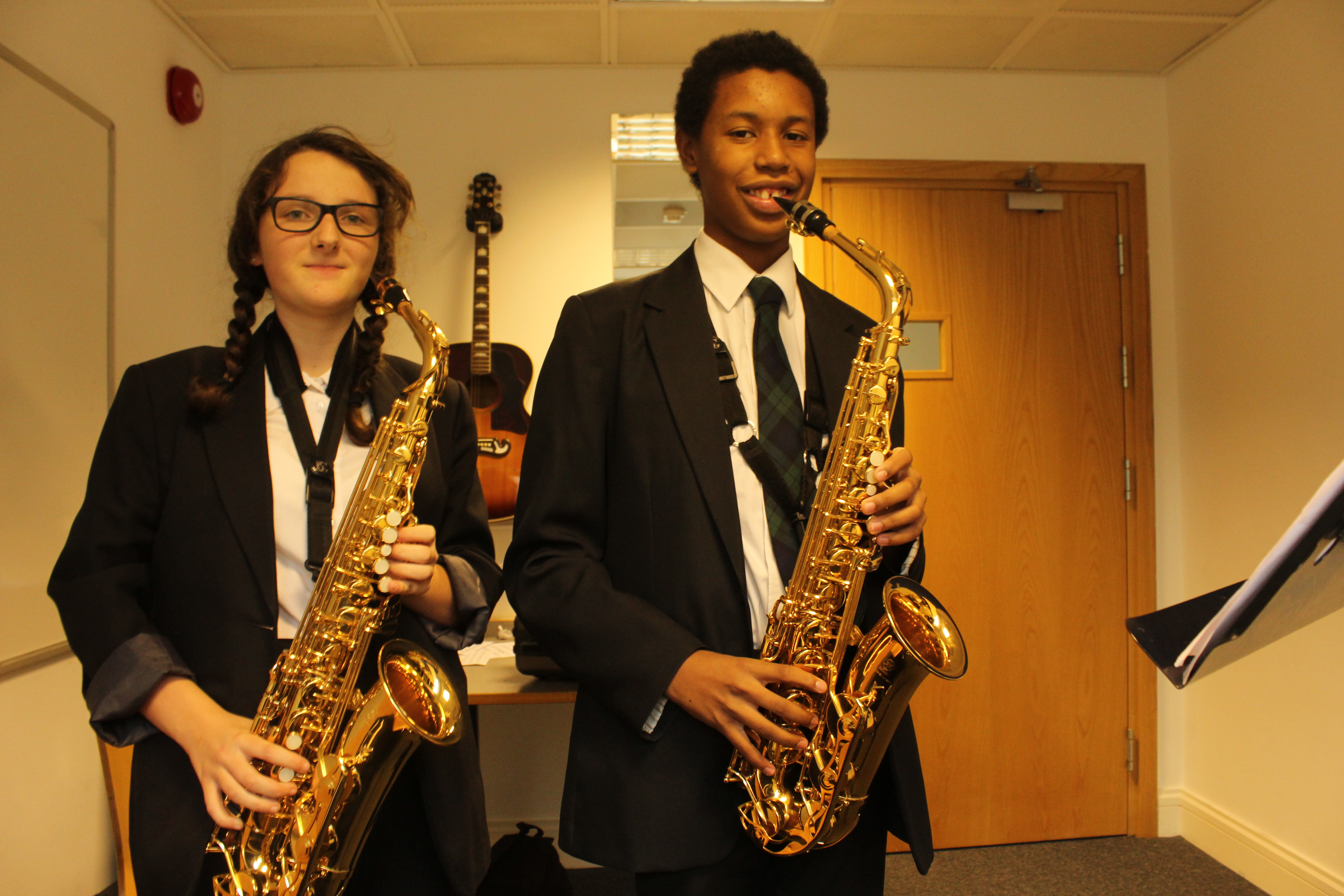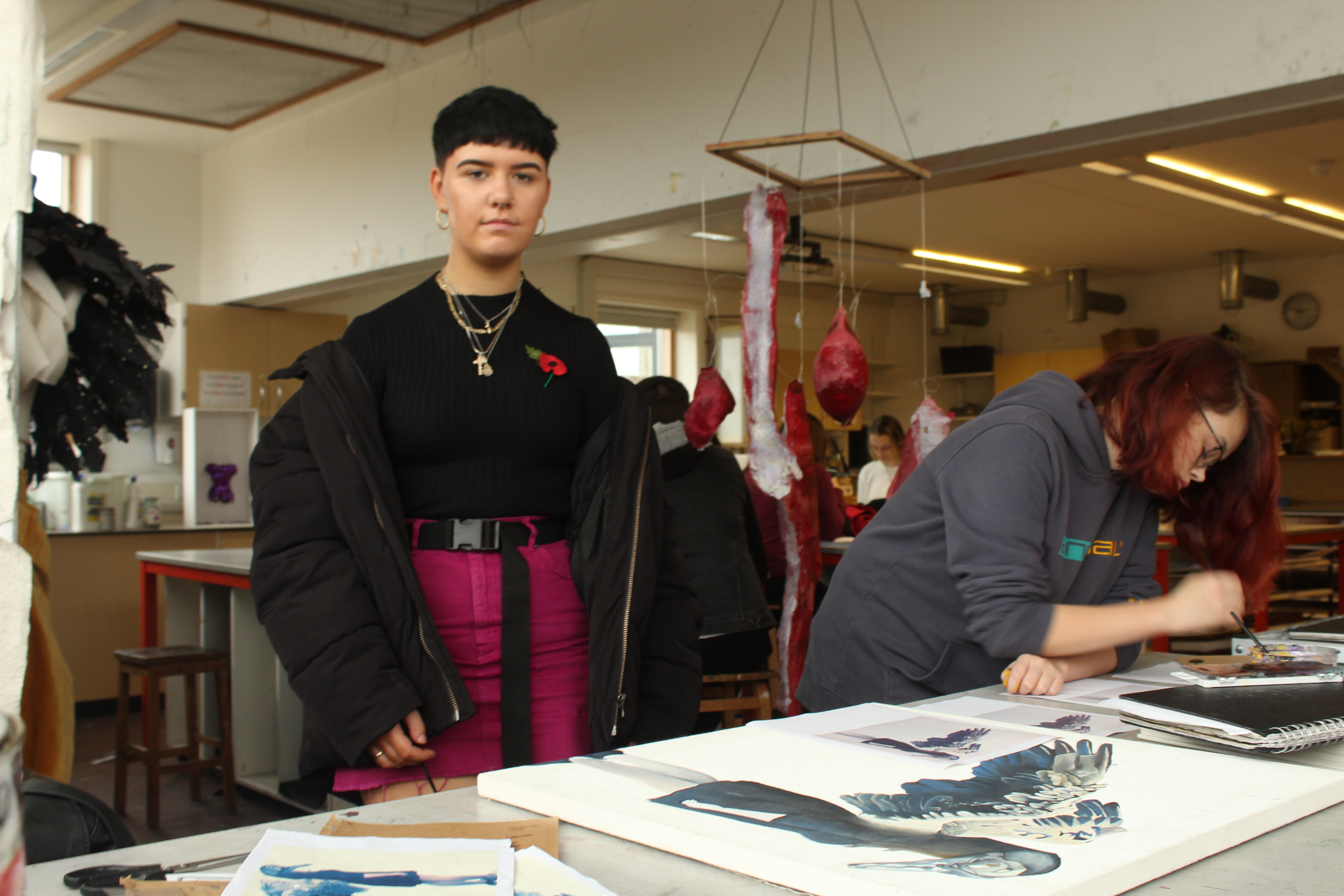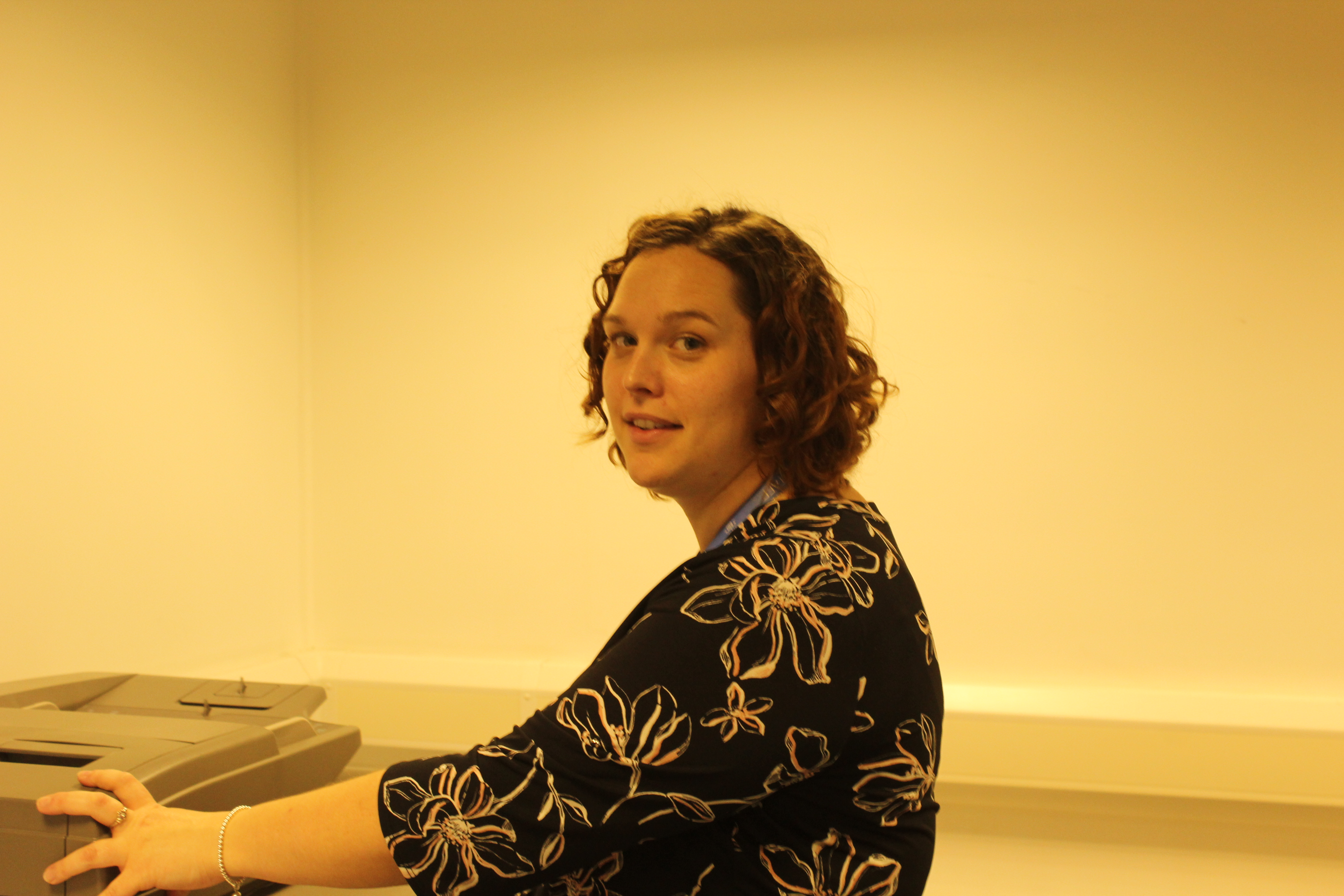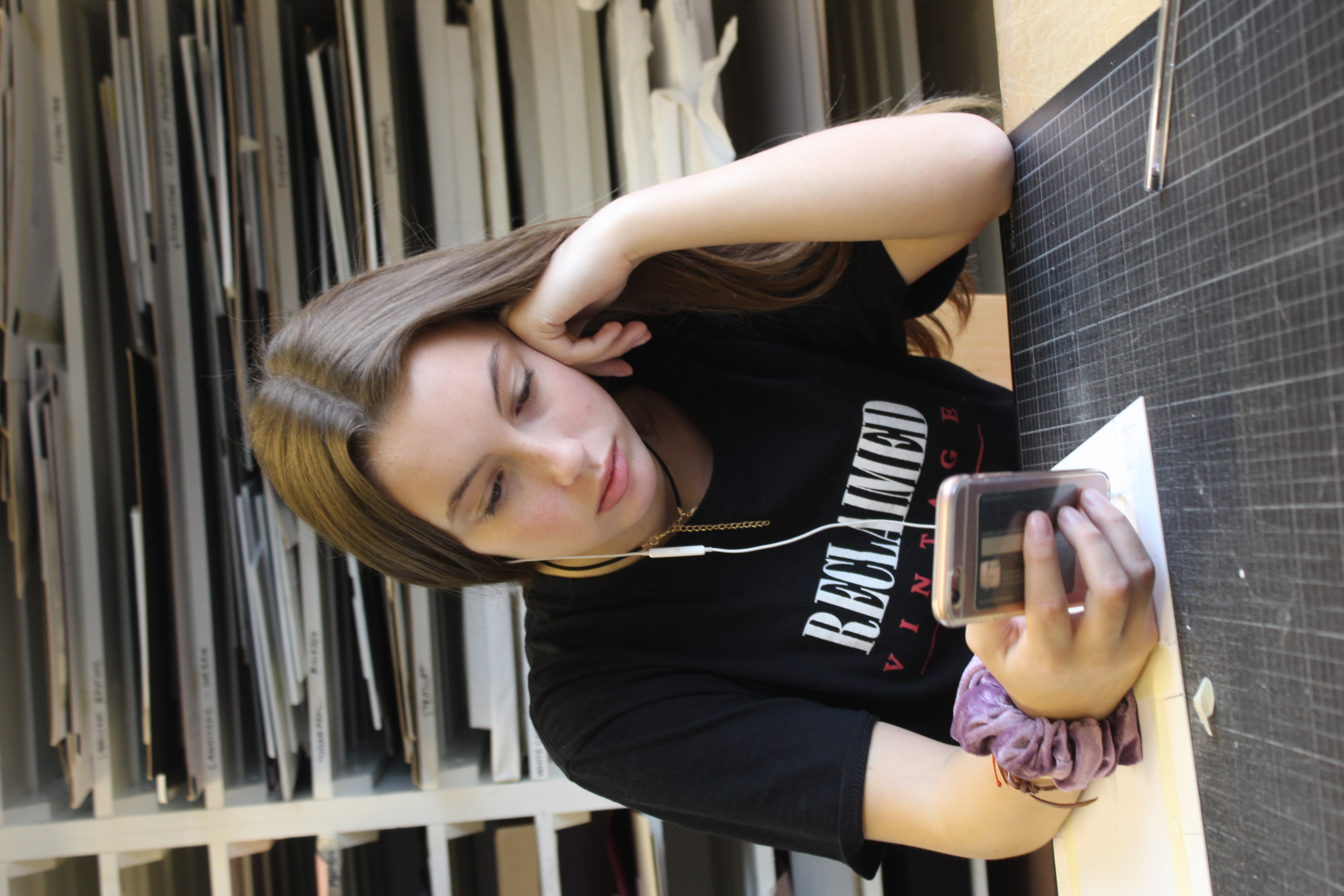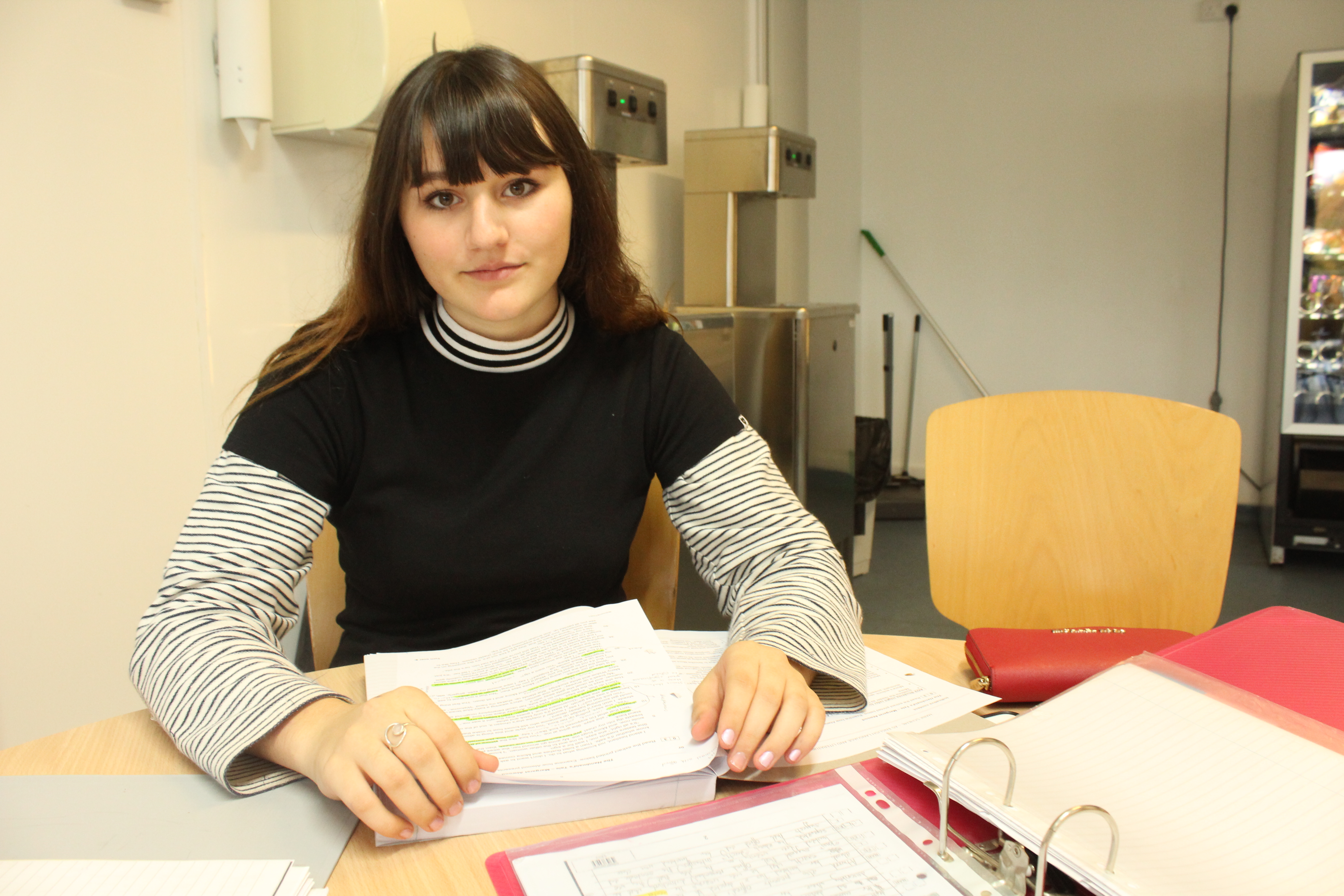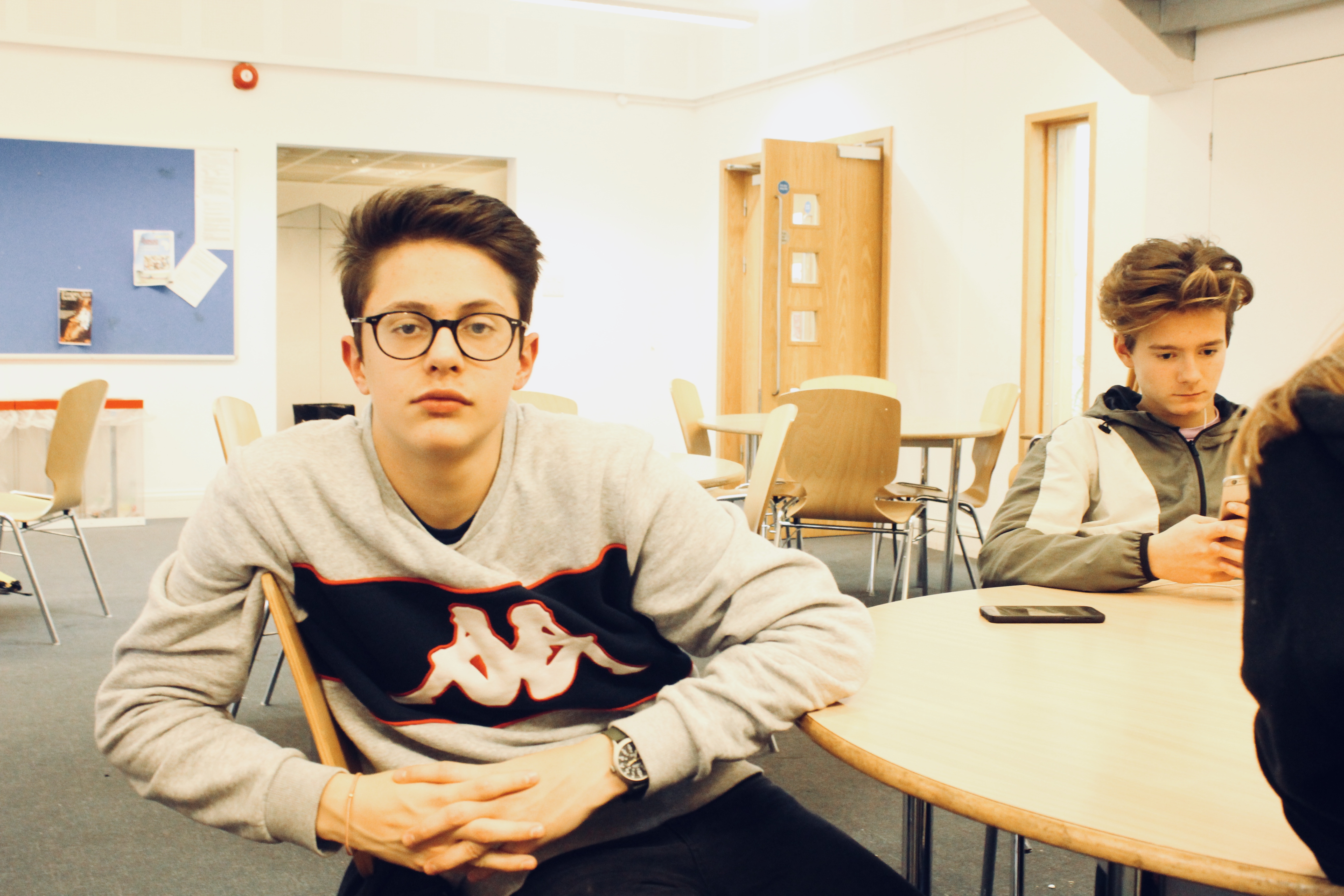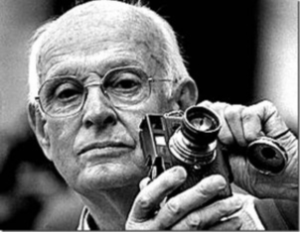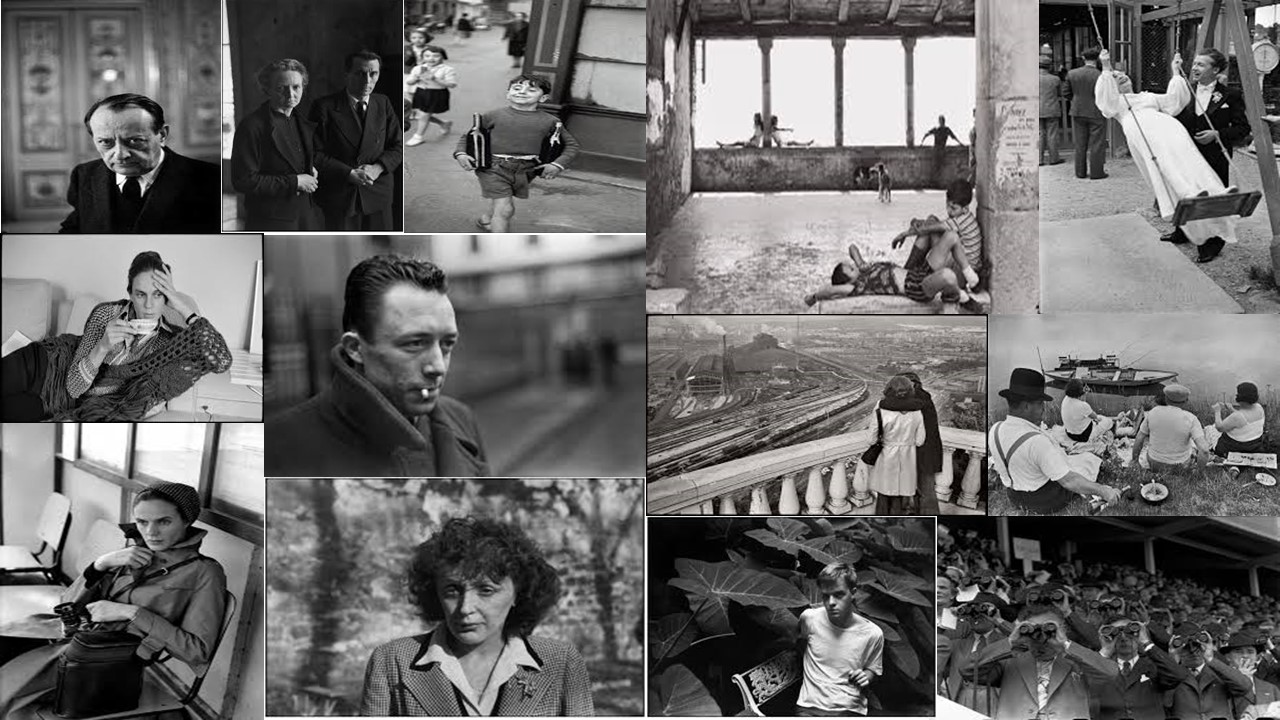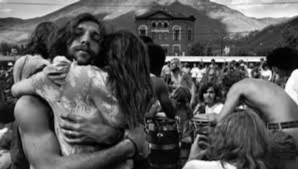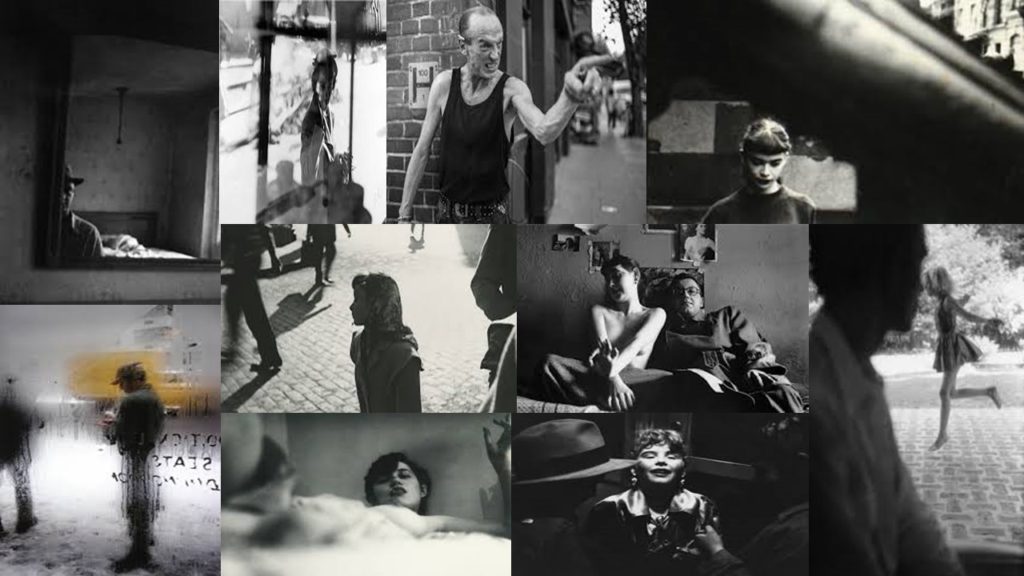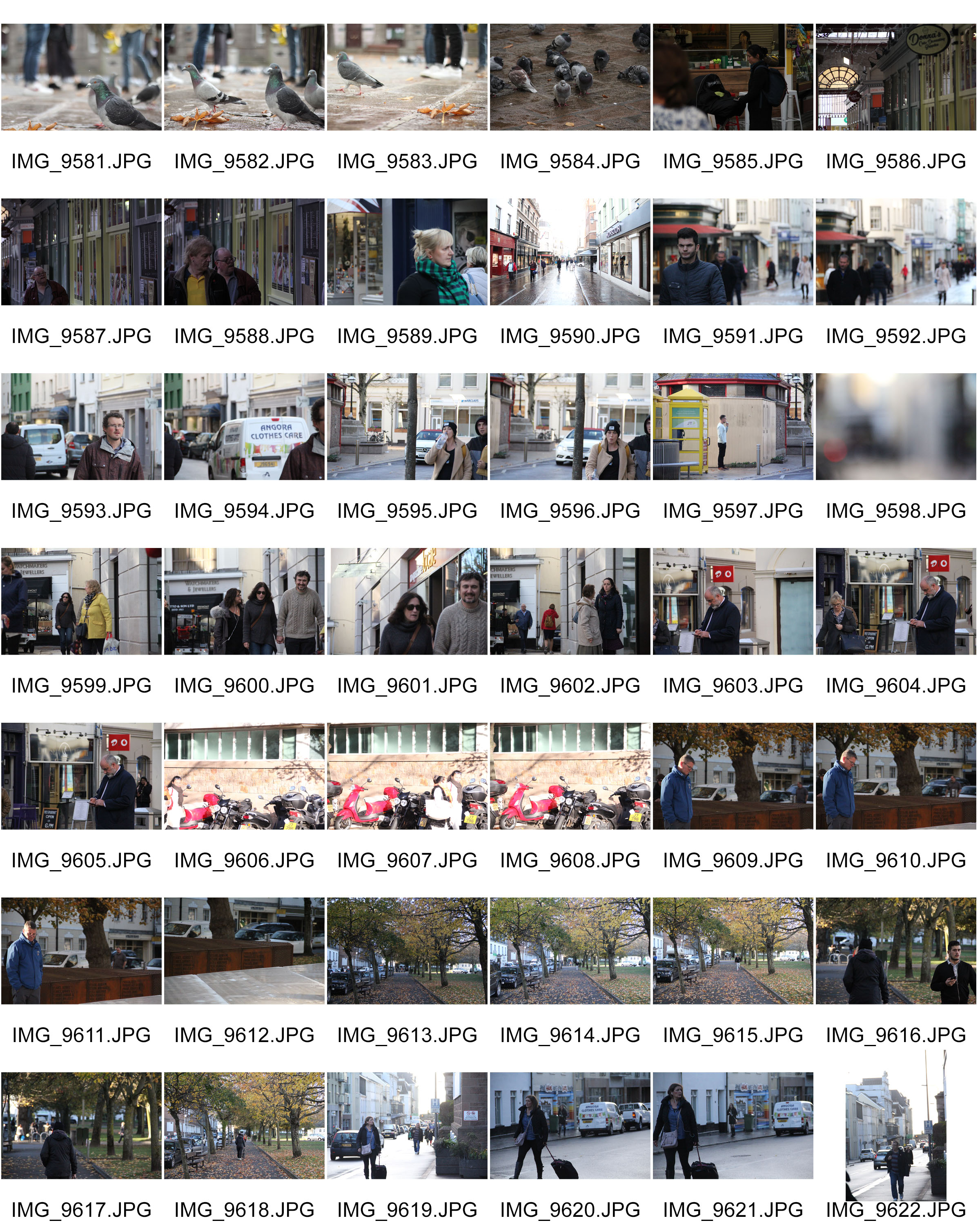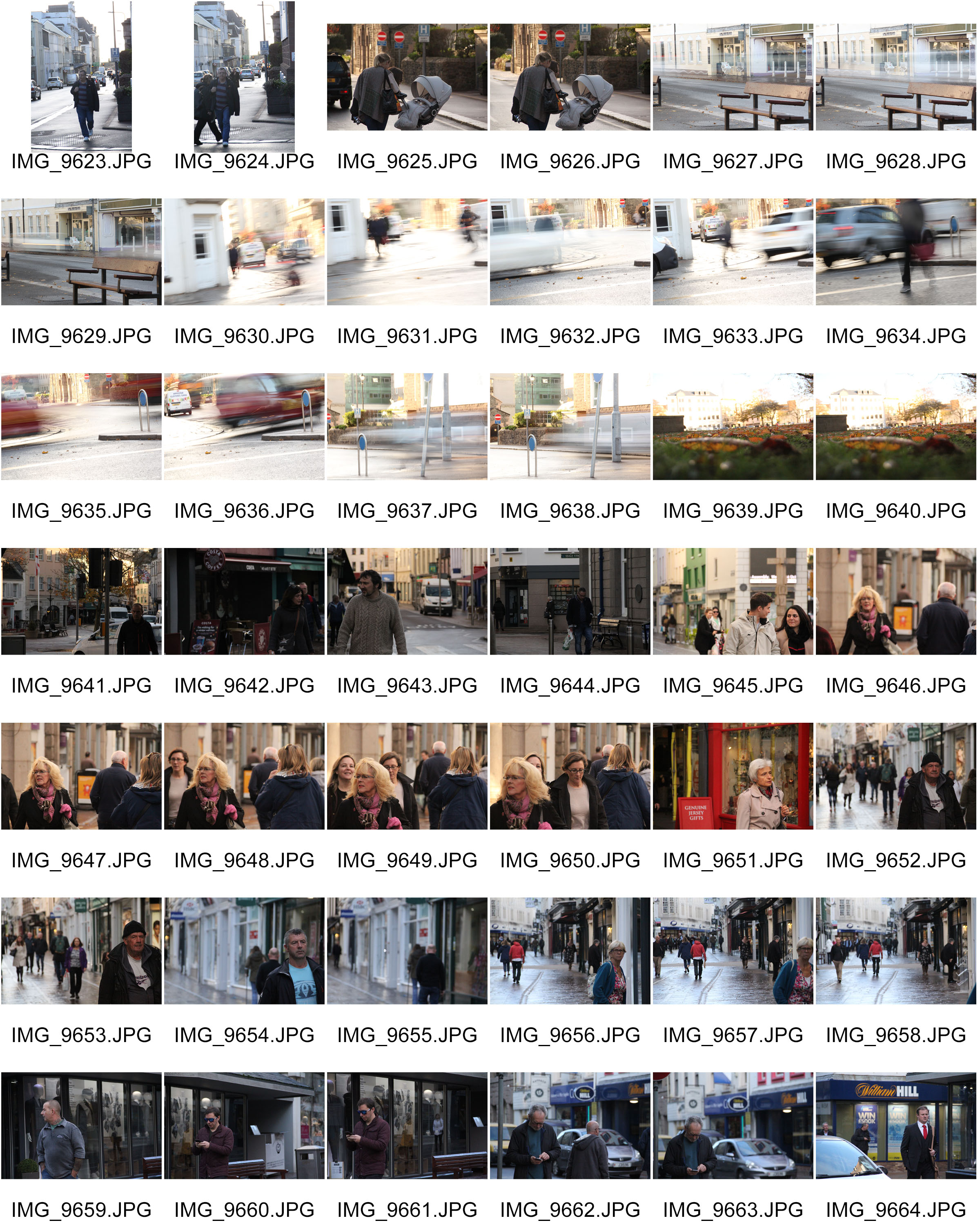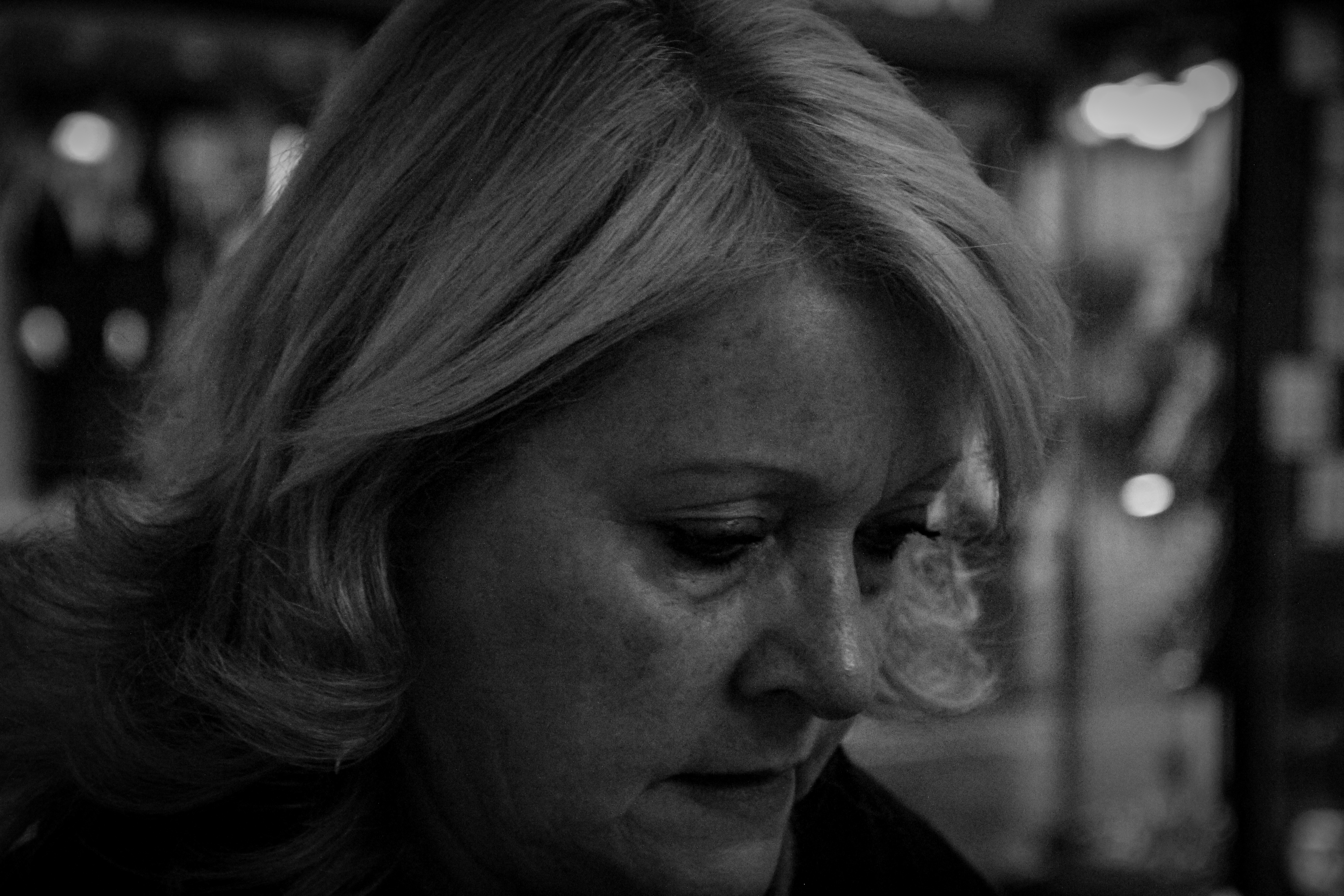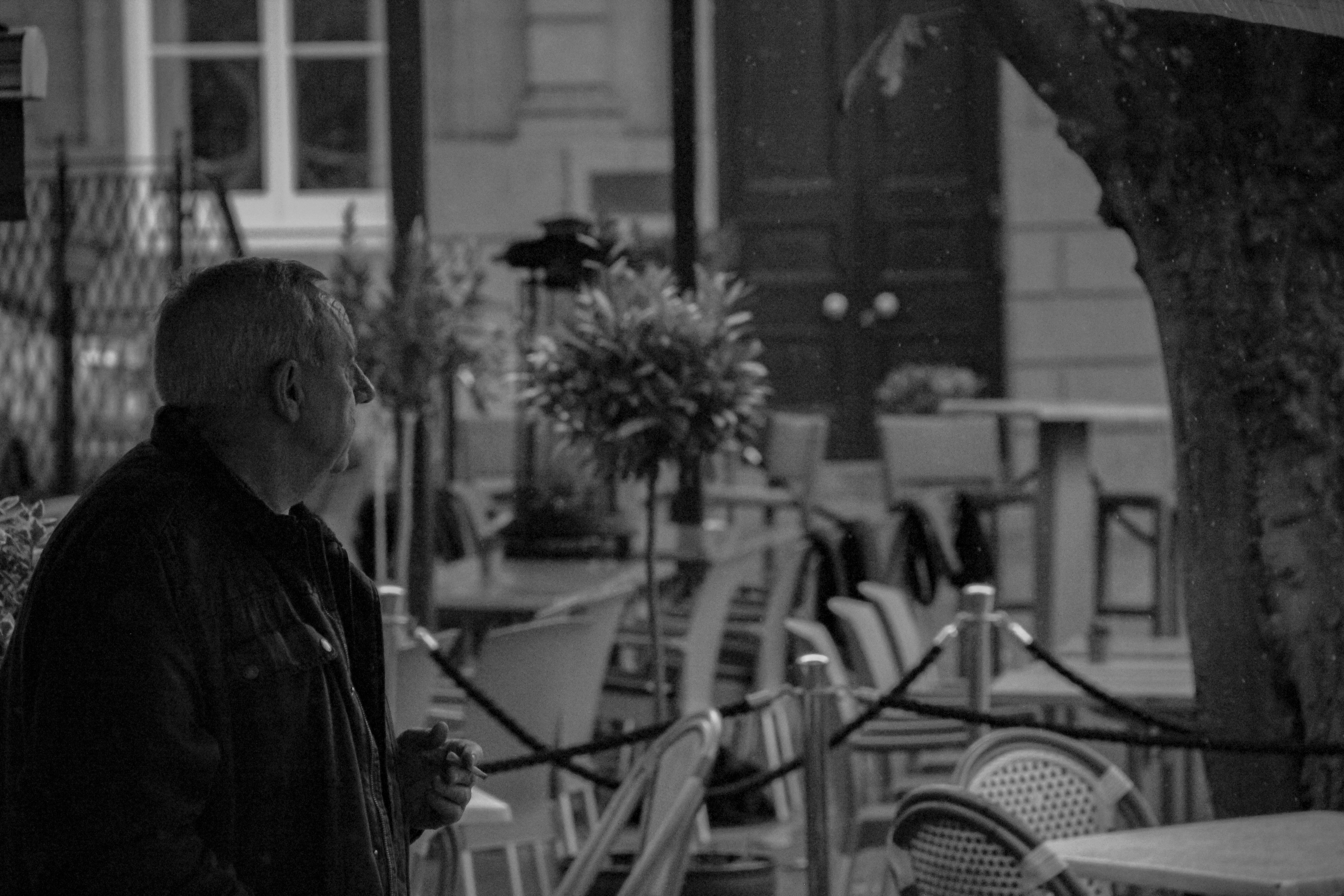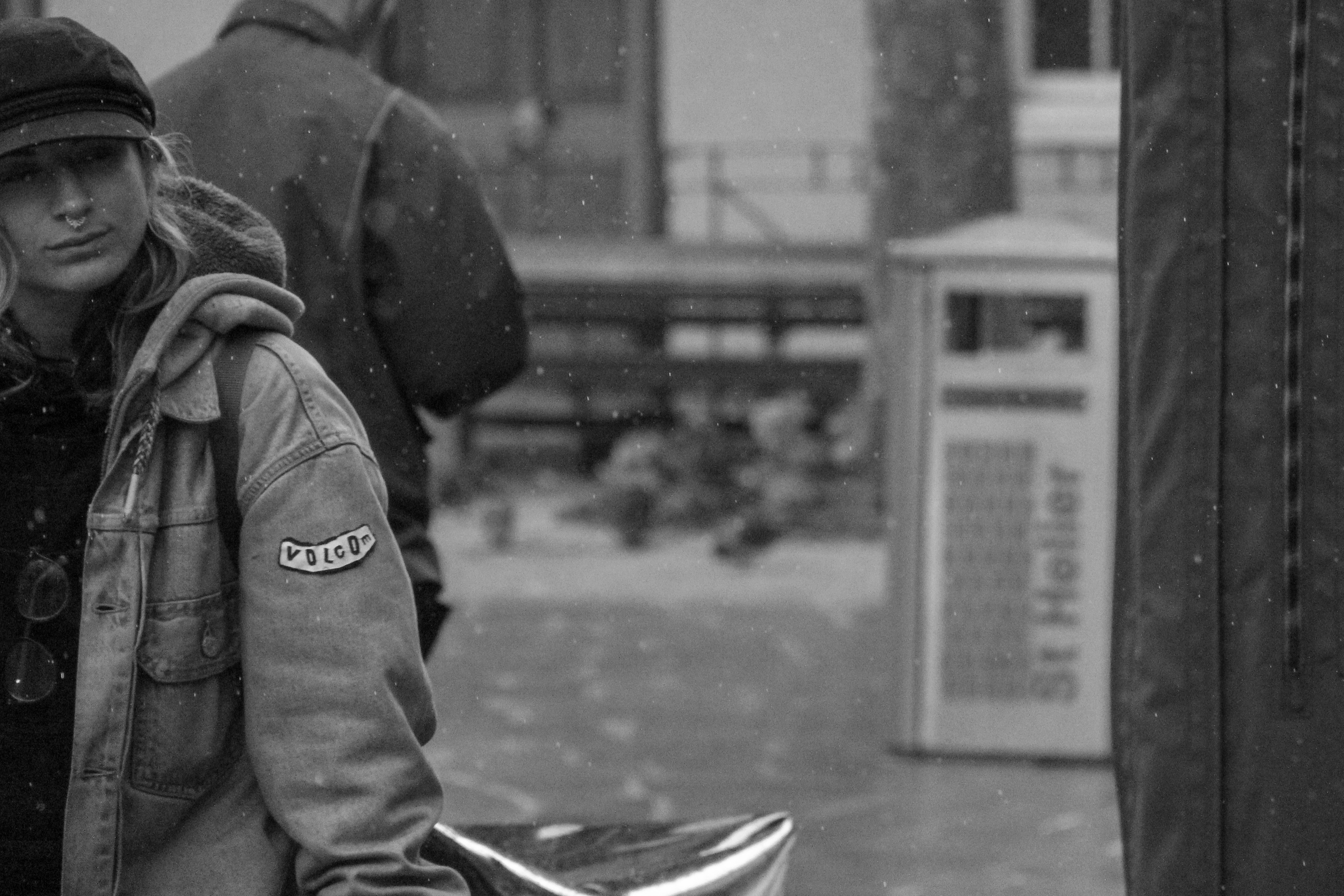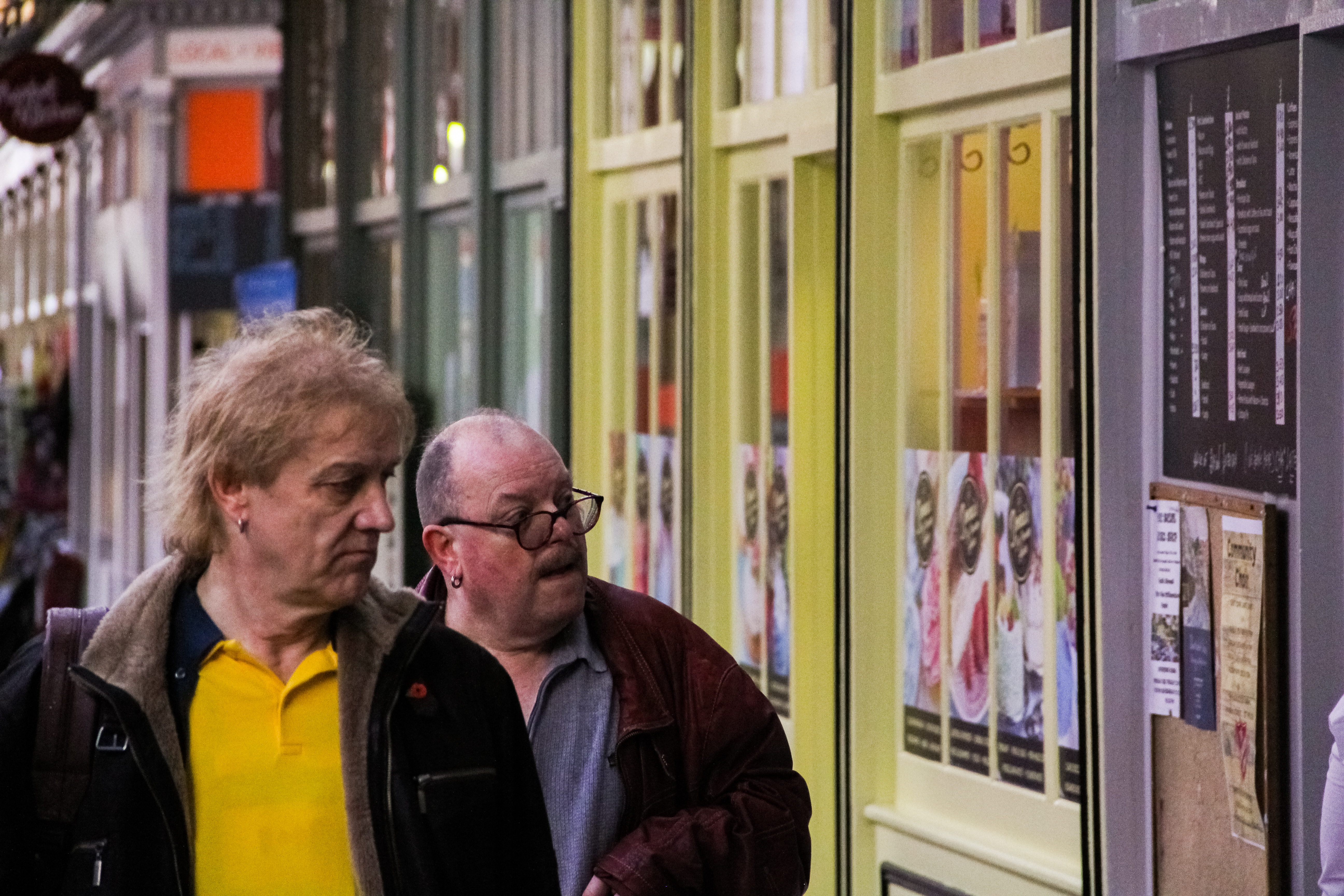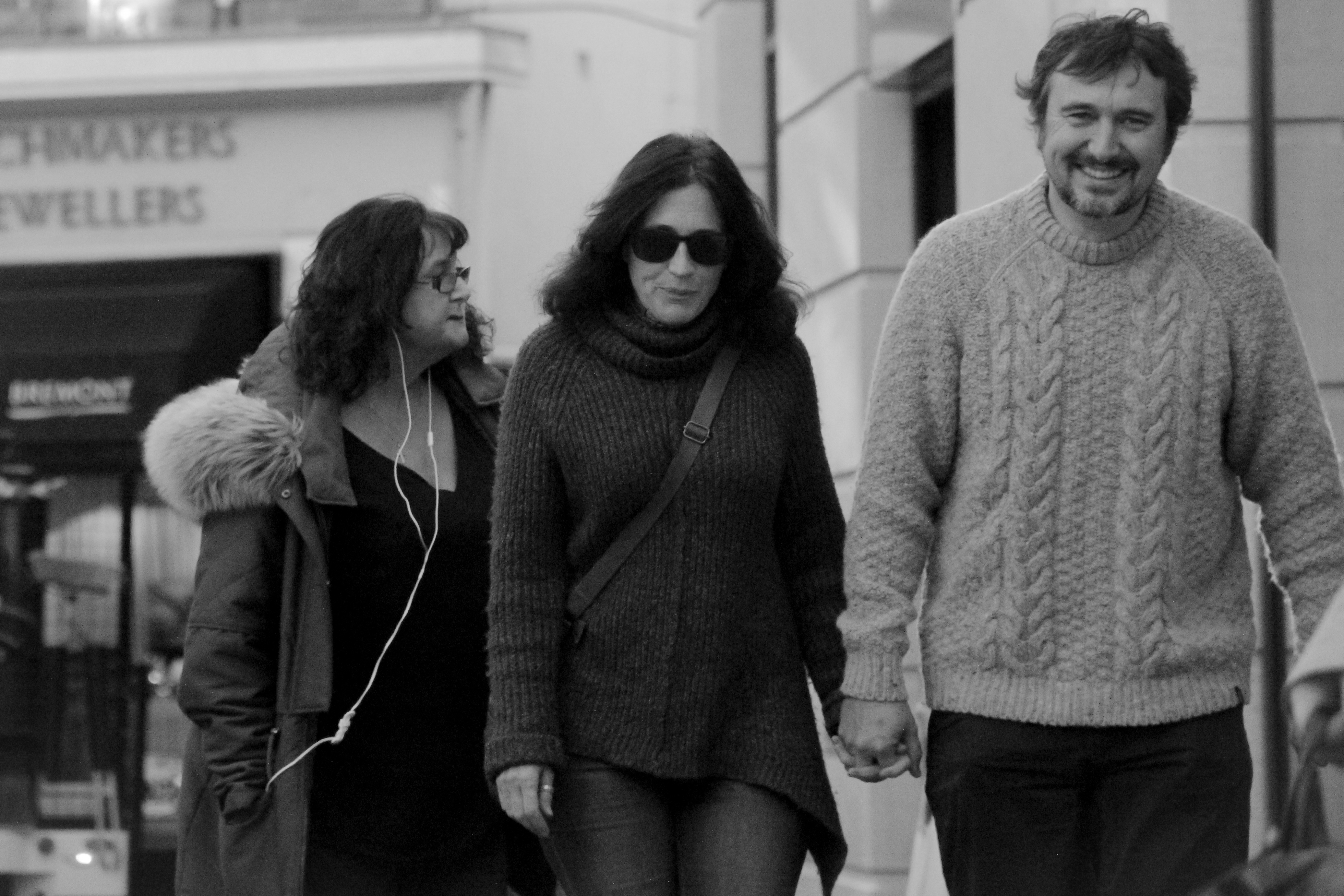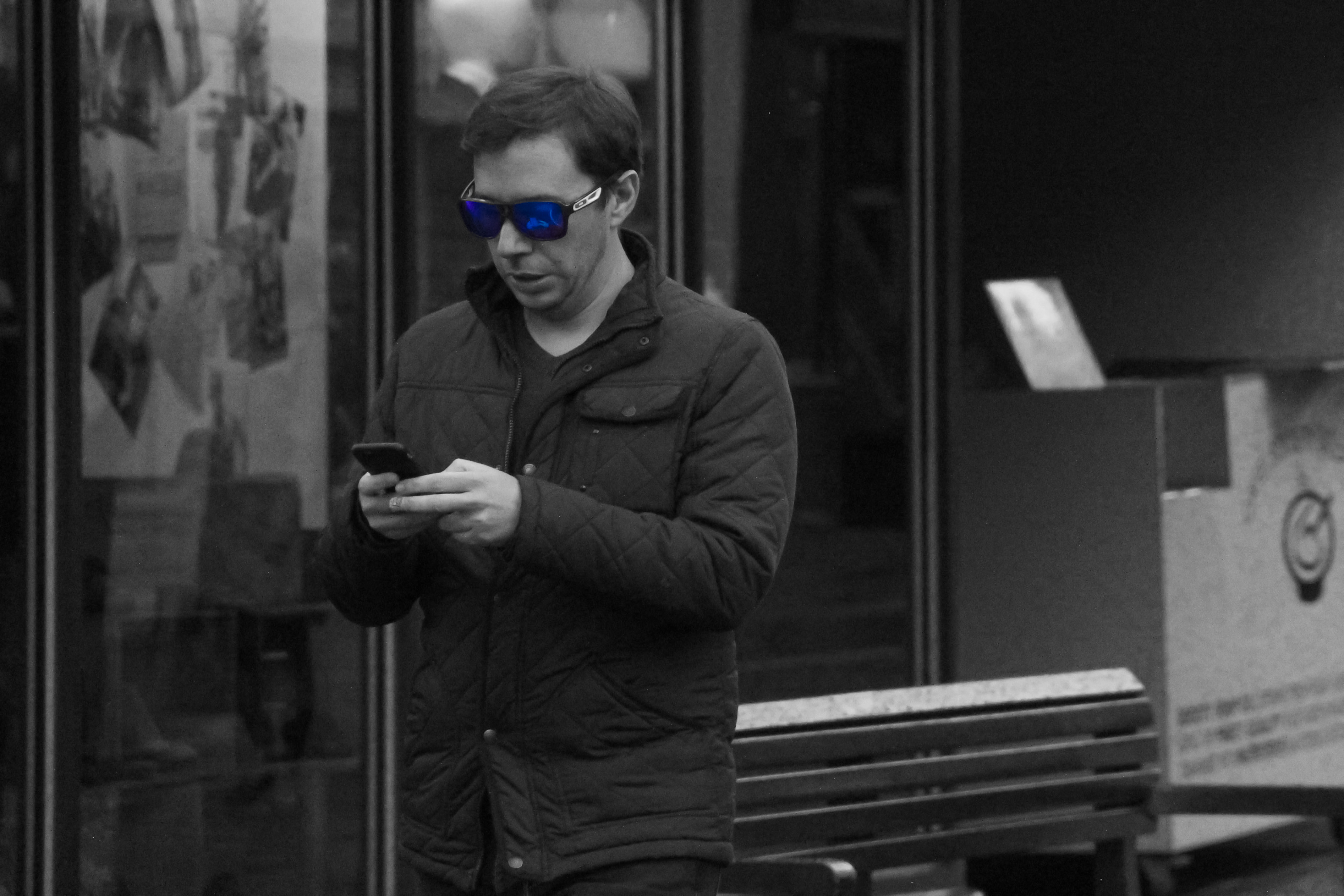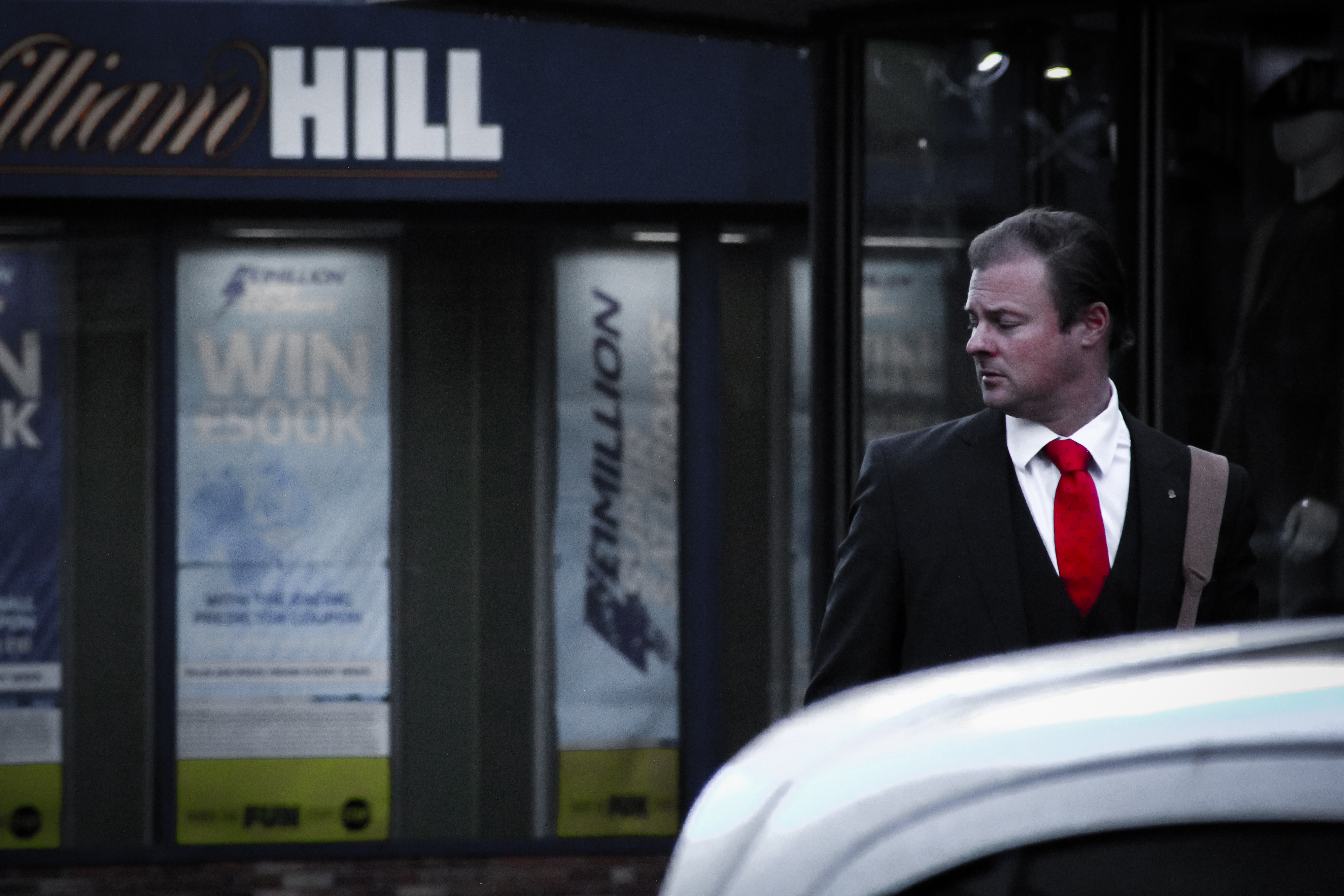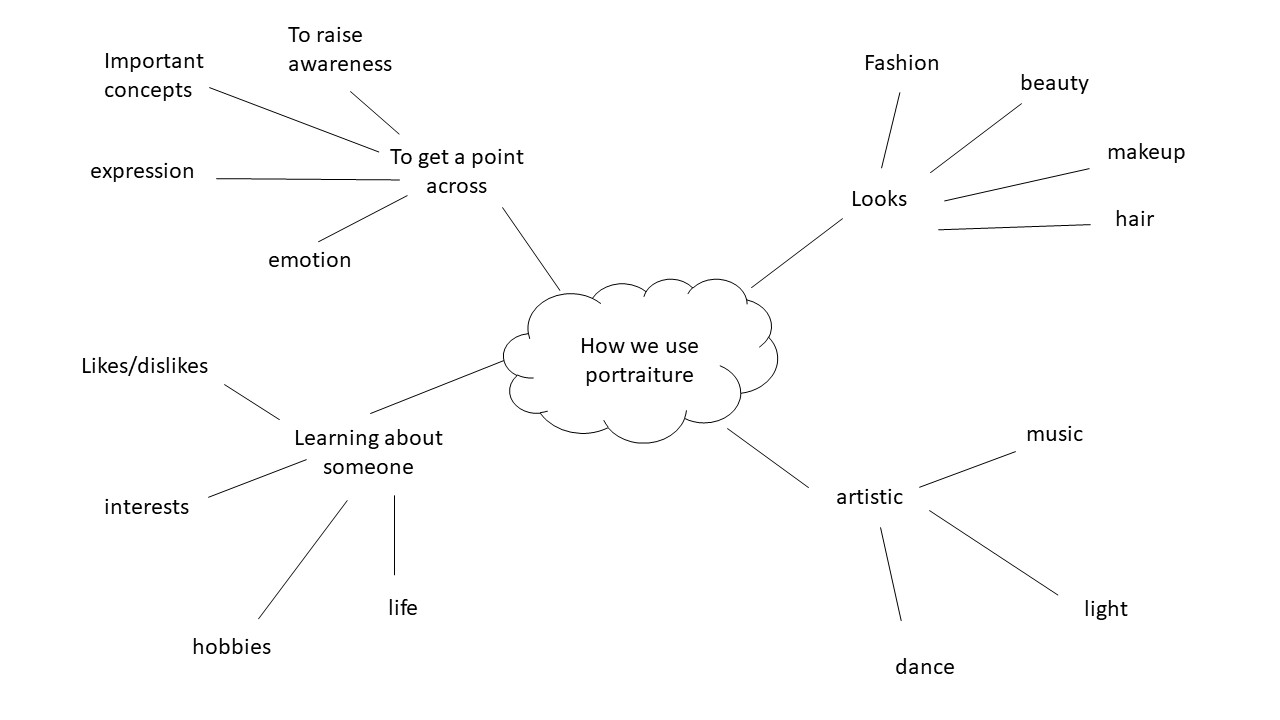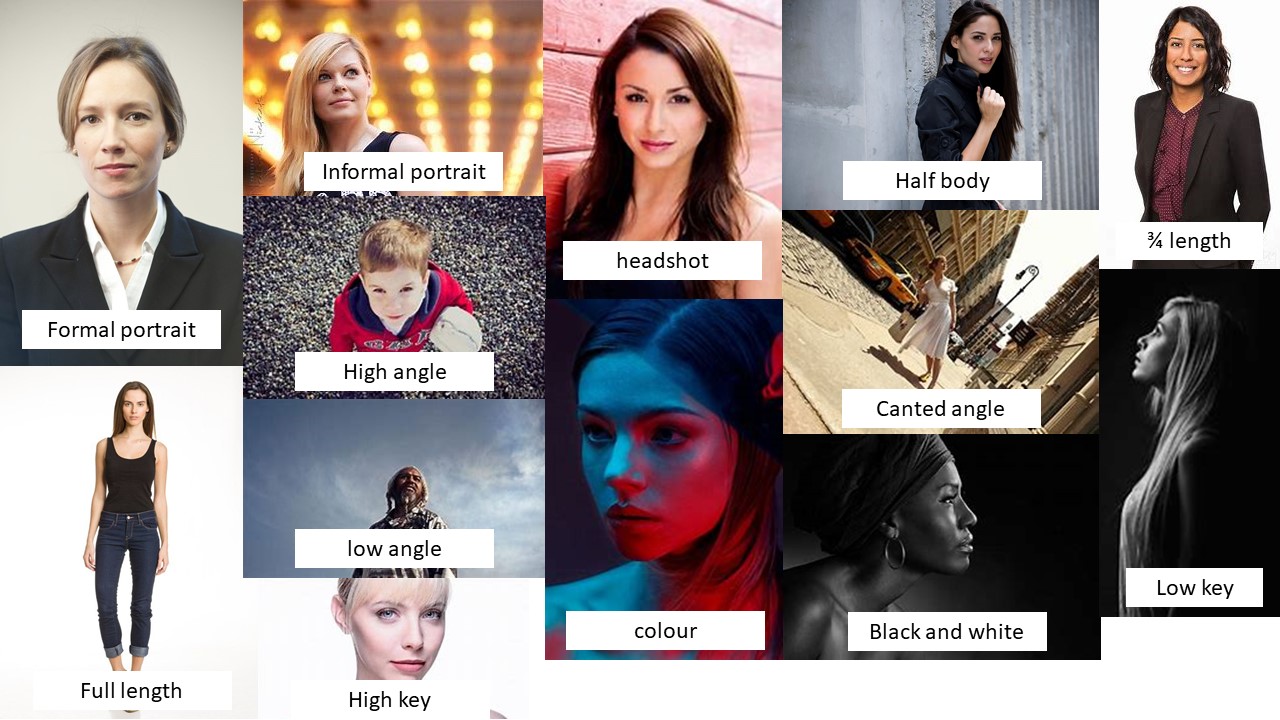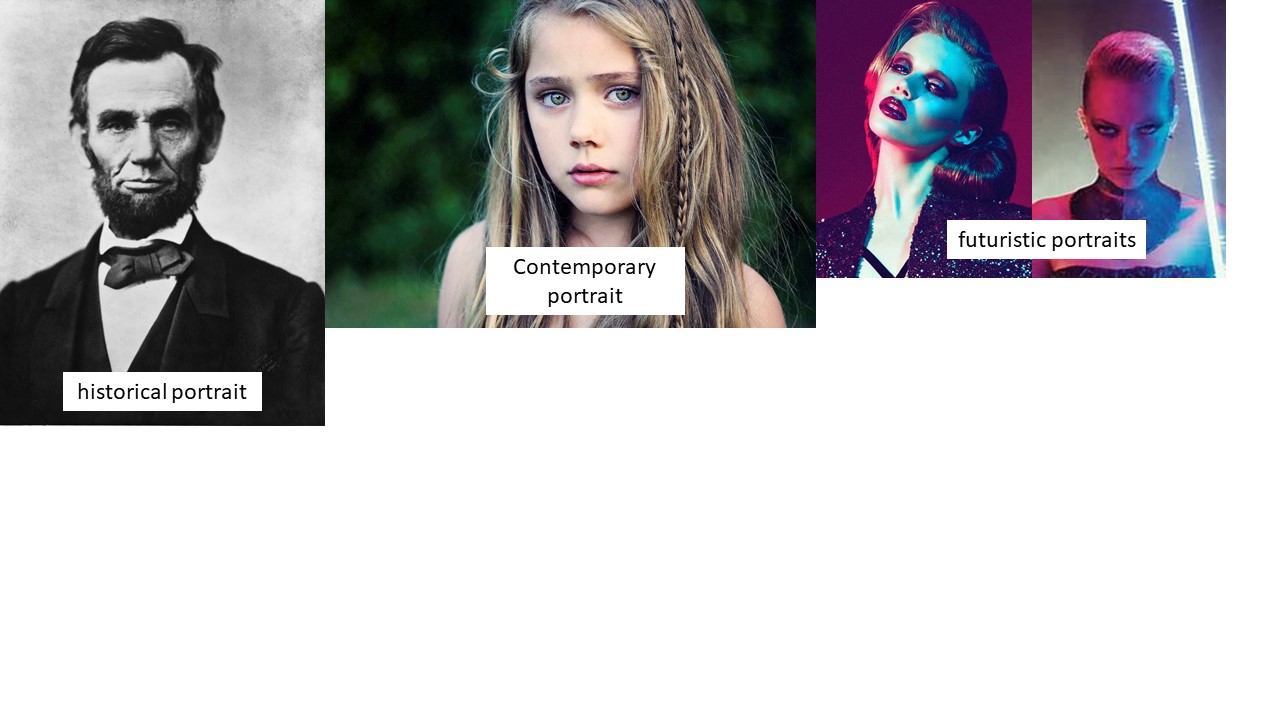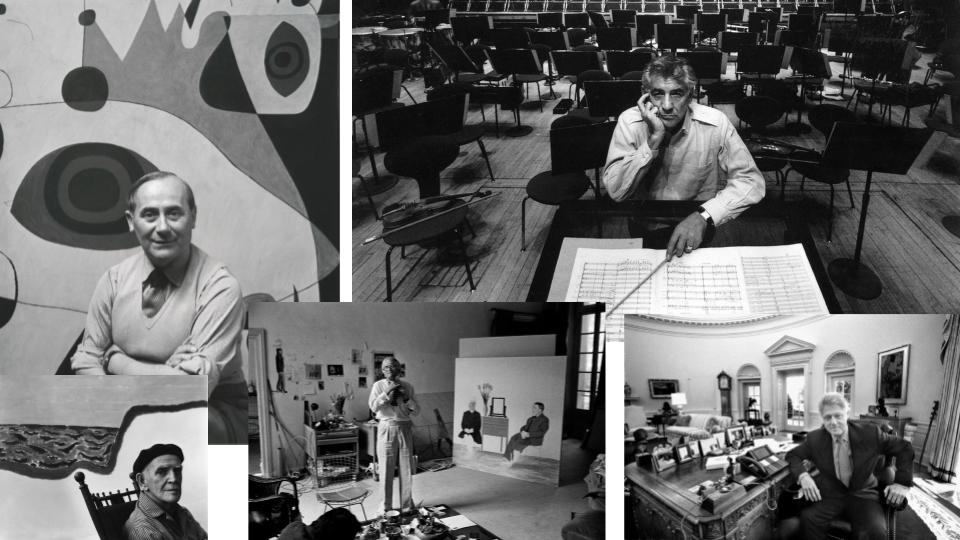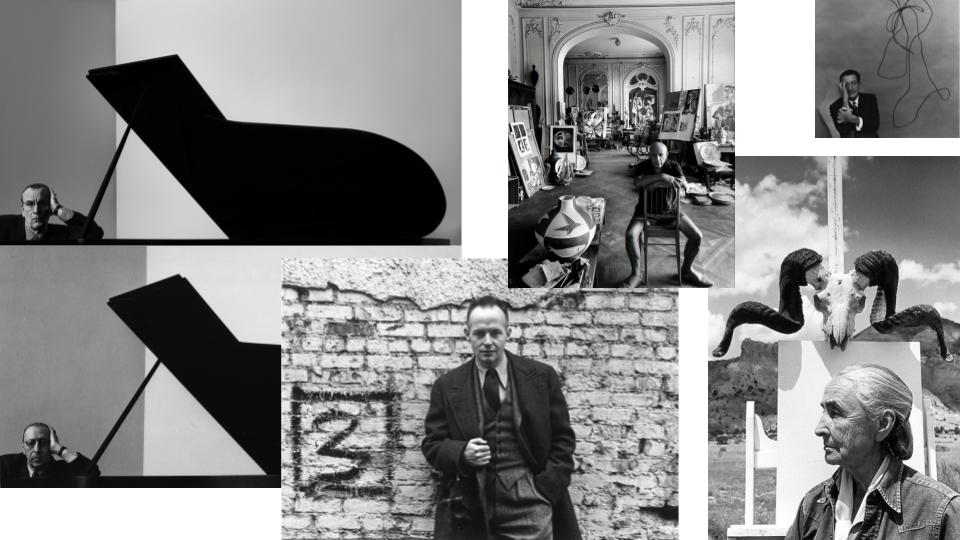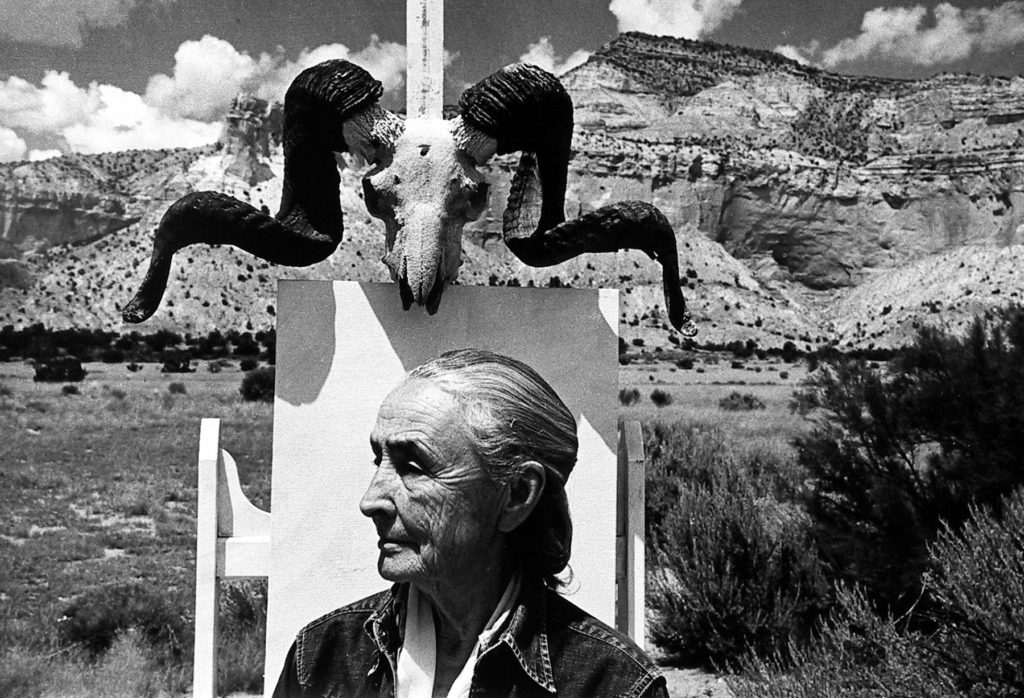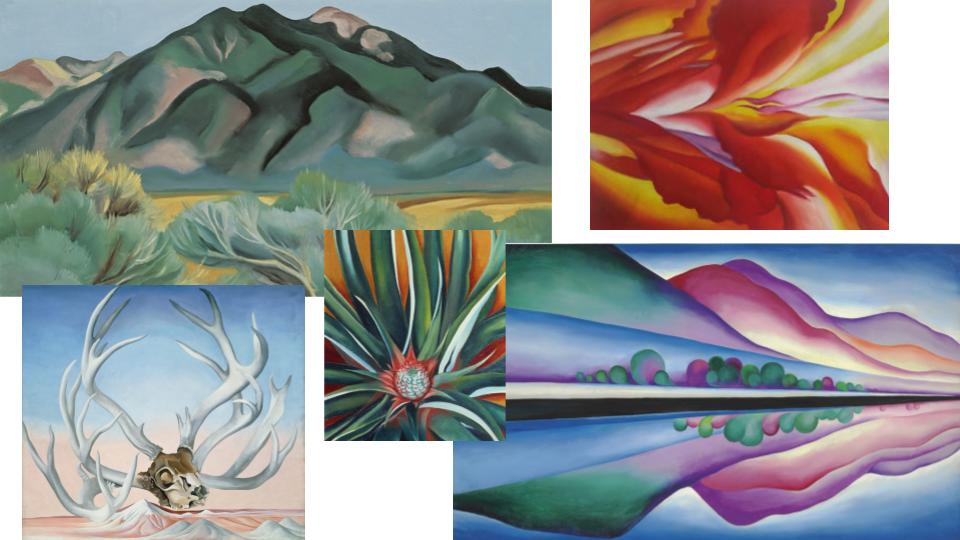August Sander was a German photographer who was born November 17, 1876 in Germany and died April 20, 1964. He got his first camera in 1892, and began taking up photography as a hobby then, after completing his military service time he eventually took up photography professionally. In the 20s, after his service in World War 1 his friendship circle included painters and photographers who were part of the “Neue Sachlichkeit”, which was the “new objectivity movement” where artists began to move away from expressionism to capture things more realistically. He was known for documenting different types of German people by capturing portraits that represented different groups of people rather than representing the individual. One of the most interesting parts of his portraits, is how each photo has interesting context and meaning behind it. When the Nazis came to power in 1933, Sanders work was disapproved. Much of his work including his negatives were ruined either by looters or by air raids. During this time he moved away from portraiture to things less controversial like landscapes.
August Sander mood board

Analysing his images
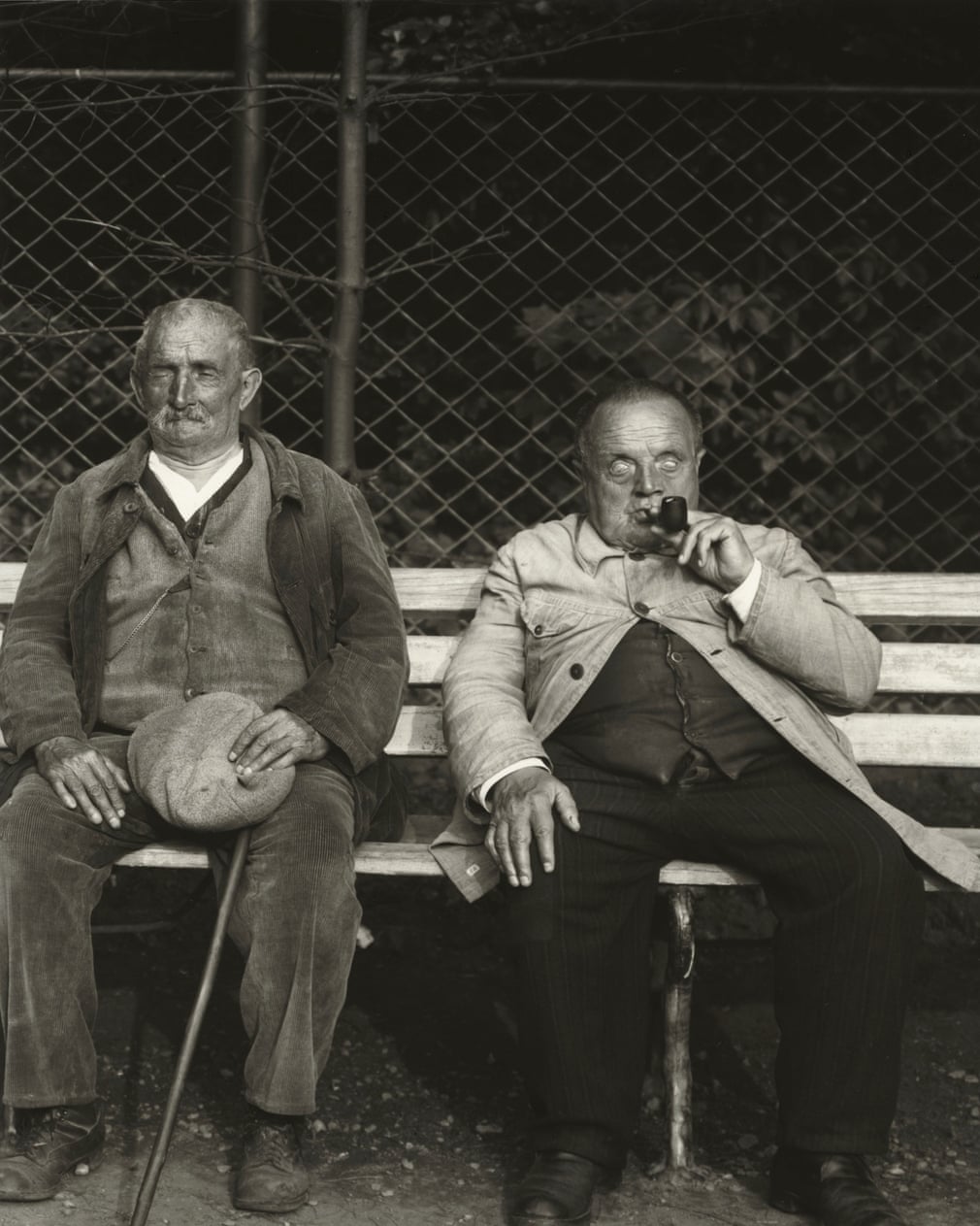 The context behind this image is what makes it stand out to me. This image was taken in the 1930s, and captures a blind miner and a blind soldier sitting on a bench. The context helps make this image really successful as it shows that Sander captured people in everyday and realistic situations, showing realism. The realism captured, helps attract the audience to the image as they can relate to it more.
The context behind this image is what makes it stand out to me. This image was taken in the 1930s, and captures a blind miner and a blind soldier sitting on a bench. The context helps make this image really successful as it shows that Sander captured people in everyday and realistic situations, showing realism. The realism captured, helps attract the audience to the image as they can relate to it more.
The visual elements of the image are also really interesting. in the image we see 2 blind men sitting on a bench, as I mentioned previously but what makes this image visually interesting is the fact that it was not taken in a “perfect” setting, and it could be considered quite “messy”. The audience can clearly see how the wire gate behind the 2 men is quite scruffy, and also uneven, and you can also notice how the floor is also quite unclean. Normally, these qualities would mean that an image would be quite unattractive, but in this case it helps make the image very successful. Because the image doesn’t look perfectly polished and staged, it helps depict a real life situation, This helps make the photo more attractive to an audience because it allows them to see a real story behind an image and not a fake reality, which is something not normally seen in modern portraiture, where a lot of effort usually goes into making everything look picture perfect.
The technical elements, although not incredibly important, also help make this image further interesting. The image appears to be taken in a well lit area, which means that the image is very clear.
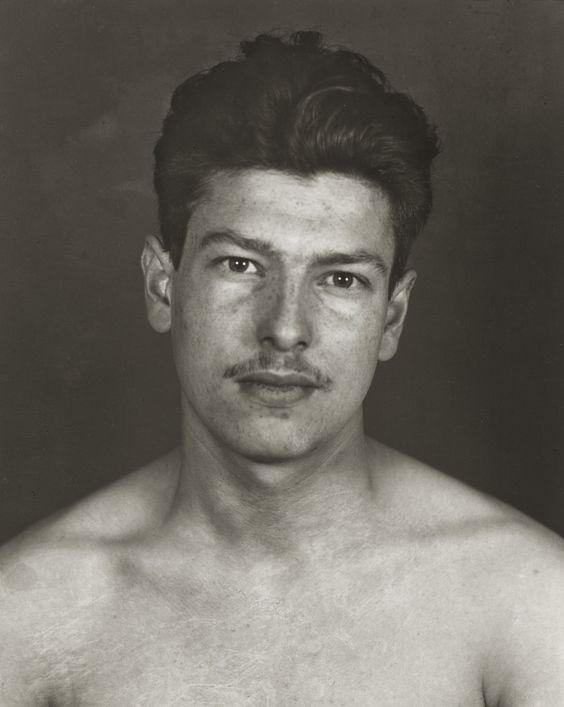 The context of this portrait is also very interesting. This is a portrait of a political prisoner that was taken in 1943, which would mean this was captured during World War 2. This portrait is very interesting because without the background information it would just be a regular photo of a man, however knowing information about who is in the image, instantly makes it more interesting. This is because learning about this person, means that we instantly feel more empathy toward the photo and it becomes more meaningful as it reveals a personality.
The context of this portrait is also very interesting. This is a portrait of a political prisoner that was taken in 1943, which would mean this was captured during World War 2. This portrait is very interesting because without the background information it would just be a regular photo of a man, however knowing information about who is in the image, instantly makes it more interesting. This is because learning about this person, means that we instantly feel more empathy toward the photo and it becomes more meaningful as it reveals a personality.
Visually, The image doesn’t do too much to attract attention as without the background information, it is just a regular photograph of a man. However, the subject is well placed in the frame so no unnecessary background is visible, meaning the audience can focus more on the person.
Conceptually, this picture is also very interesting. This photo shows how someone who looks so ordinary, can actually be very unique and have an interesting backstory. This photo could teach people not to be so judgemental and to not judge someone by how they look.
1st photoshoot intentions
From Sanders’ images it has became clear that he captured people in their everyday environments. My intention for my photoshoot is to also capture someone in their regular environment, but in the modern day. I plan to take photographs of my friend while she is working. As I want the images to look realistic -like Sanders’ photos- I will need to be using a quick shutter speed as I wont be able to stop her to pose. I will also have to capture a large amount of images, as it is likely that not very many of them will be too successful as they will be taken quickly and on the spot. I also plan on not making the images look very polished, and perfect in regards to the background and things in the frame, as I like how Sanders’ images look more realistic when they haven’t been perfectly planned.
Contact sheet
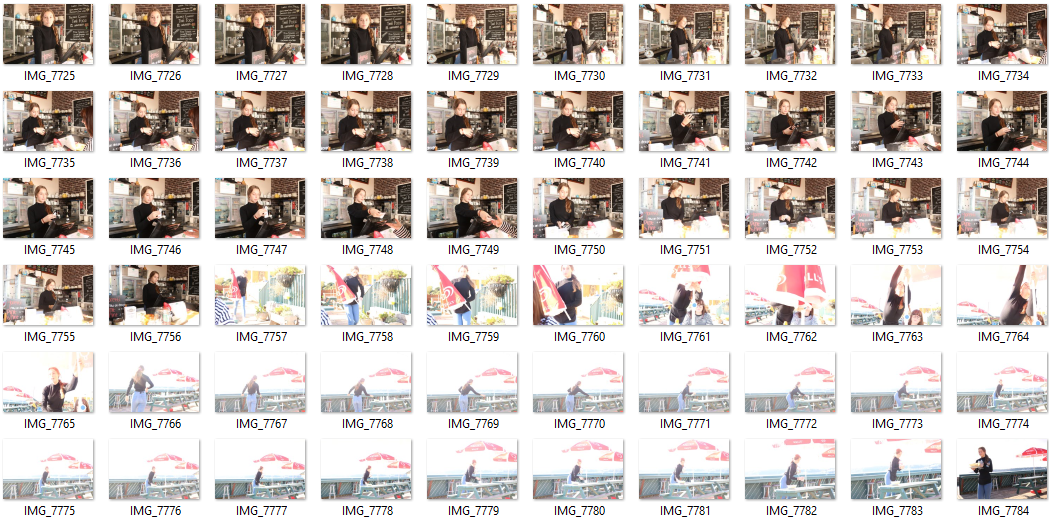
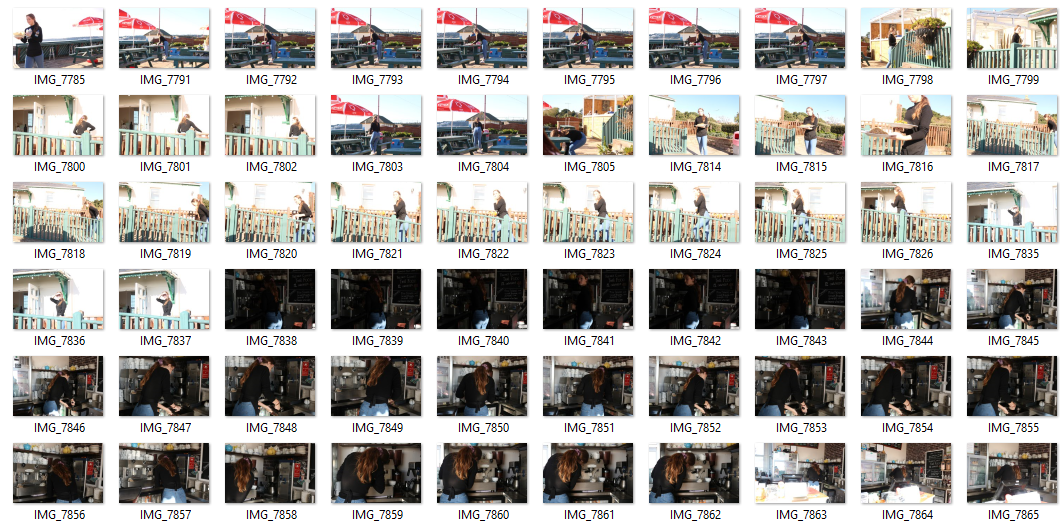
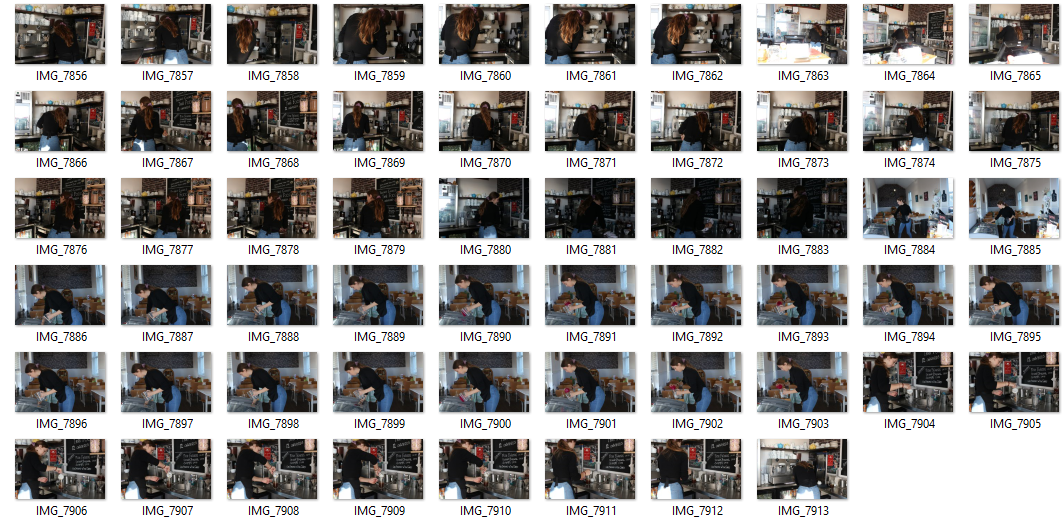
Best outcomes
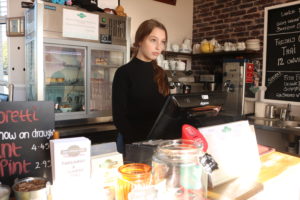
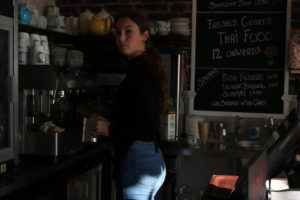
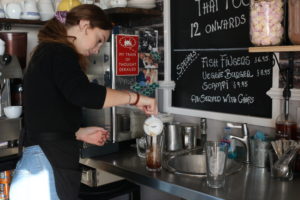
Overall, I think my photoshoot went well however it could’ve gone better. Next time, I want to focus more on having the subject interact with the camera more as I think this way, I would get more successful images. These were the 2 best outcomes of my photoshoot. I like these images as they depict life, working as a waitress.

Visually I like the first image as you can clearly see that prior to it being taken, the model was busy making coffee, and this makes the image look a lot less planned, therefore making it more realistic.
Technically, however I think that I could’ve changed my camera settings in order to make the image look better. For example, I think the image looks slightly dark. Next time I think it would be a good idea to put the ISO higher in order to make the lighting better. On the other hand, I think that the shutter speed used was successful as it allowed me to capture the image very quickly with minimal distraction to the model
Another reason that I like this image is due to a potential underlying concept. The image was taken very quickly, just as the model looked at me and you can see that there is a lot captured in the frame, like the till and the board that has been written on to her right. All these ‘distractions’ along with the image being taken quickly, and along with the fact the model is multitasking by attempting to make coffee and looking into the camera, it shows how modern working life can be really hectic and busy.
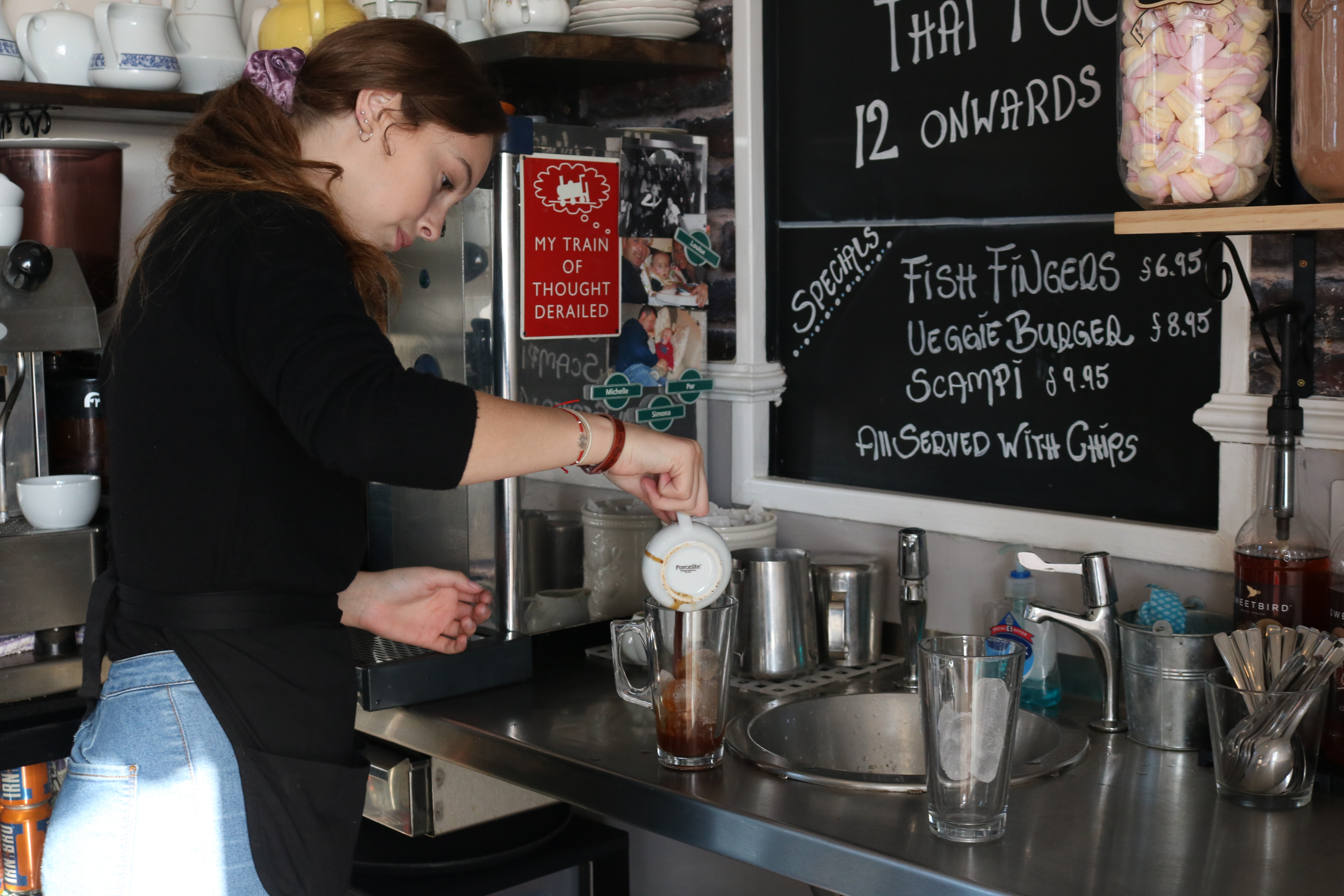 Visually, I think this photo is quite pleasing as it uses the rule of thirds, with the model on the first third of the image. Although the model isn’t directly looking at the camera, you can still see part of her face. It is also clear that she is working, making the photo more realistic and therefore a lot more interesting to look at.
Visually, I think this photo is quite pleasing as it uses the rule of thirds, with the model on the first third of the image. Although the model isn’t directly looking at the camera, you can still see part of her face. It is also clear that she is working, making the photo more realistic and therefore a lot more interesting to look at.
On the technical side of the image, I think it could have been improved. I think that the image turned out too bright. I think it would’ve turned out better if the ISO was turned down slightly, to darken it a bit more. This photo was taken with a quick shutter speed, meaning that I was able to capture it quite quickly, as the model wasn’t posed like this for long.

